Toilet Brands
What to Do if Your Child Flushed a Toy Down the Toilet

Have you ever experienced that heart-stopping moment when your child decided to flush a toy down the toilet? We can relate to the panic and frustration that often accompanies this situation.
But fear not, because we’ve got you covered. In this article, we will guide you through the steps to take when faced with this situation.
From assessing the problem to retrieving the toy and preventing future mishaps, we’ll provide you with practical solutions to handle this common parenting challenge.
Key Takeaways
- Shut off the water supply and seek immediate assistance to prevent further damage.
- Use gloves or tongs to retrieve the toy from the toilet bowl, disinfecting them afterwards.
- Check for clogs by flushing the toilet and using a plunger or plumbing snake if necessary.
- Contact a professional plumber for specialized assistance and to ensure the toilet is functioning properly.
Assess the Situation
To properly handle the situation, we must first assess the severity of the problem caused by your child flushing a toy down the toilet. It’s crucial to seek immediate assistance in such cases to prevent further damage and ensure a quick resolution.
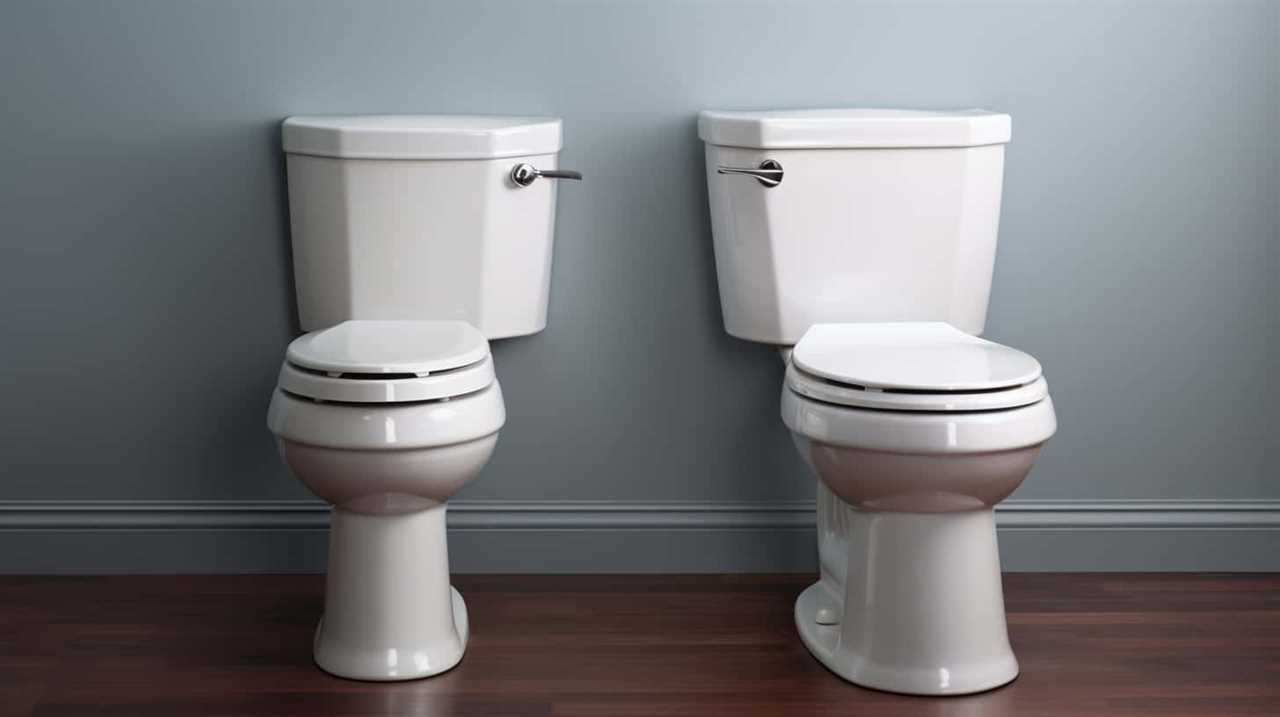
Start by shutting off the water supply to the toilet to avoid any potential overflow. Carefully assess the potential damage by checking if the toy is visible and reachable. If it is, you can attempt to remove it using gloves or tongs.
However, if the toy isn’t visible or if you encounter any difficulties, it’s advisable to contact a professional plumber who specializes in toilet repairs. They’ve the necessary tools and expertise to safely resolve the issue without causing additional damage to your plumbing system.
Retrieve the Toy
We can attempt to retrieve the toy by using gloves or tongs.
First, put on a pair of disposable gloves to protect your hands from any potential bacteria or germs. Carefully reach into the toilet bowl and try to feel for the toy. If it’s within reach, gently grab it and pull it out.
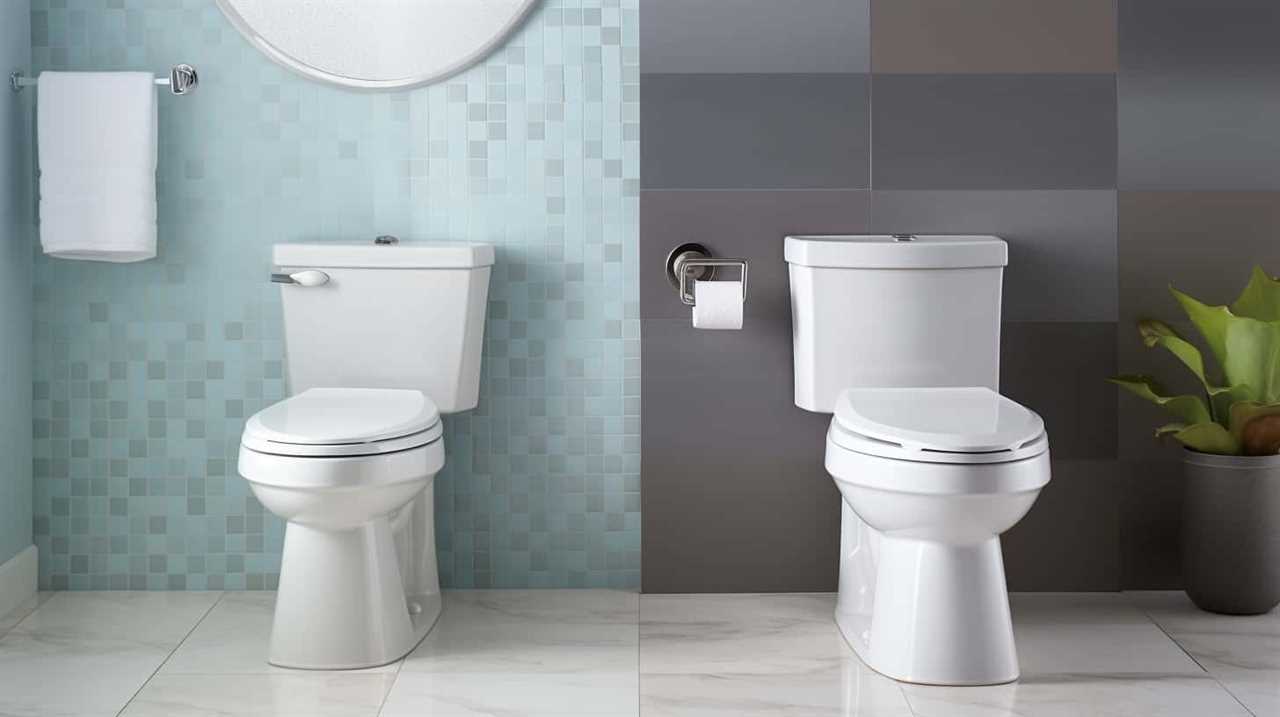
If the toy is too far down or difficult to grab, you can also use a pair of long tongs to try and retrieve it. Simply grasp the toy with the tongs and carefully lift it out of the toilet.
Remember to disinfect the gloves or tongs afterwards to maintain hygiene.
Once the toy is retrieved, it’s important to discuss with your child the importance of not flushing toys down the toilet. Educate them about the potential consequences and consider implementing childproof measures to prevent future toy flushing incidents.
Check for Clogs
After retrieving the toy, it is important for us to check for any potential clogs in the toilet. Toilet maintenance is crucial to prevent plumbing emergencies, so let’s make sure everything is running smoothly. Start by flushing the toilet to see if the water drains properly. If it doesn’t, there may be a clog. To help you identify and resolve the issue, refer to the table below. Remember, regular maintenance can save you from costly repairs down the line. However, if you’re unable to clear the clog, it’s time to contact a professional plumber who can provide expert assistance. Don’t hesitate to seek help when needed to ensure your toilet stays in good working order.
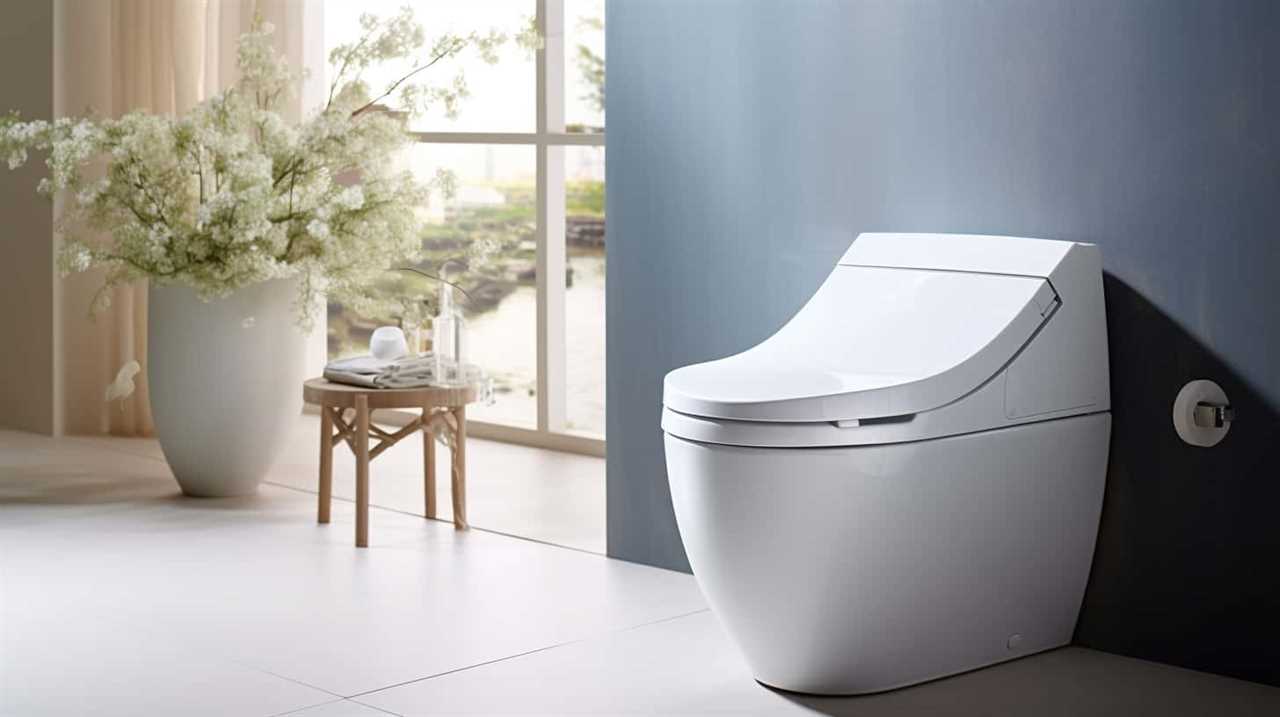
| Issue | Possible Cause | Solution |
|---|---|---|
| Slow draining | Partial clog | Use a plunger to dislodge it |
| Water backs up | Full clog | Try using a plumbing snake |
| Gurgling sounds | Air blockage | Check the vent pipe and clear any obstructions |
| Overflowing toilet | Mainline blockage | Contact a professional plumber for assistance |
Now that we have checked for clogs, it’s time to discuss when it is necessary to contact a professional plumber.
Contact a Professional Plumber
Let’s reach out to a plumber for assistance with the toy flushed down the toilet.
When faced with a toy stuck in the toilet, it’s crucial to call a professional plumber to fix the issue. Plumbers have the expertise and specialized tools to effectively remove the toy without causing any further damage.
Attempting to fix the toilet on your own can lead to more serious plumbing problems or even a flooded bathroom. A plumber will assess the situation, determine the best course of action, and safely remove the toy from the toilet. They’ll also inspect the toilet and ensure that it’s functioning properly before leaving.
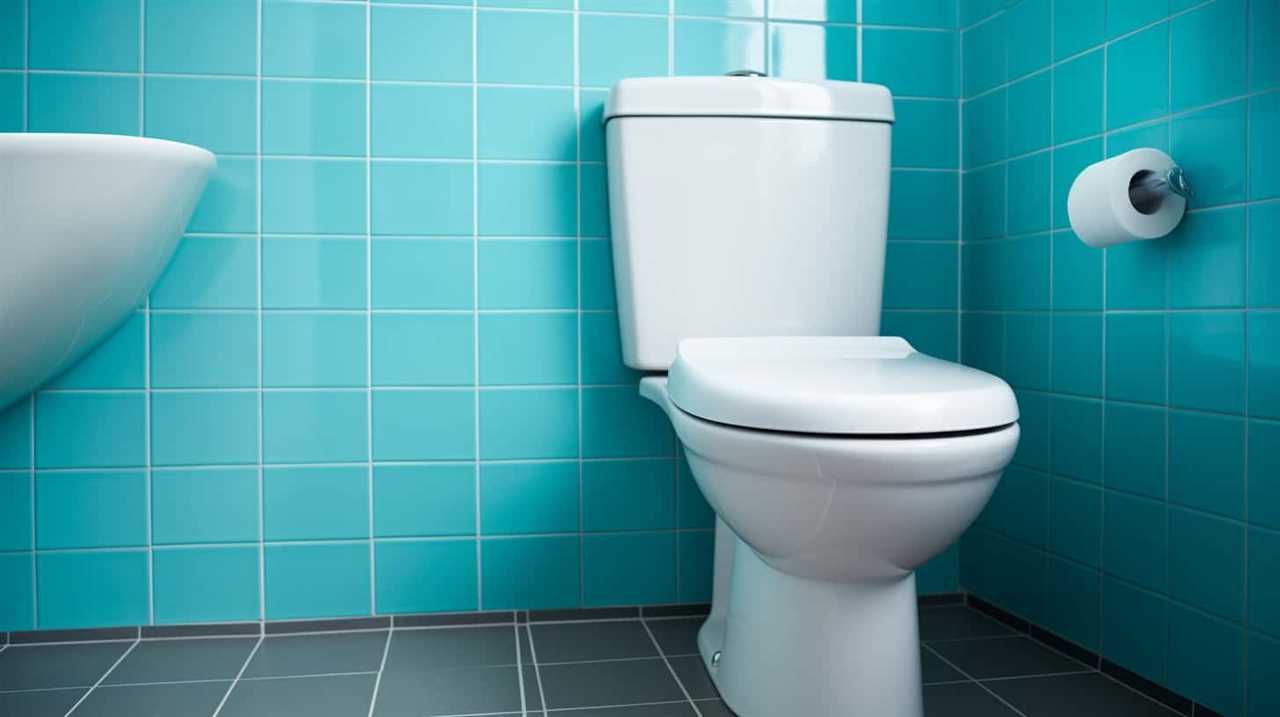
Implement Preventative Measures
To prevent future incidents, we can install childproof toilet locks. These locks are specifically designed to prevent young children from lifting the toilet lid and accessing the water inside.
In addition to installing toilet locks, there are several other measures we can take to ensure that toys don’t end up in the toilet:
- Establish a consistent toilet training routine. Teach your child proper bathroom etiquette and reinforce the importance of using the toilet for its intended purpose.
- Supervise your child during bathroom breaks. Keep a watchful eye on them to prevent any accidental toy flushing.
- Encourage proper toy storage solutions. Teach your child to keep their toys in designated areas away from the bathroom, reducing the chance of them being misplaced or accidentally dropped into the toilet.
- Regularly inspect the bathroom for potential hazards. Take the time to check for any loose toys or objects that could easily find their way into the toilet.
Frequently Asked Questions
Can I Try to Retrieve the Toy Myself Before Calling a Professional Plumber?
Yes, we can try DIY methods for retrieving flushed toys before calling a professional plumber. However, it’s important to prevent toys from being flushed in the first place by educating and supervising our children.
How Long Does It Usually Take for a Professional Plumber to Arrive After Contacting Them?
On average, professional plumbers respond within 24 hours of contact. While attempting to retrieve the toy yourself may seem tempting, it can potentially cause further damage to the toilet. It’s best to call a professional for assistance.
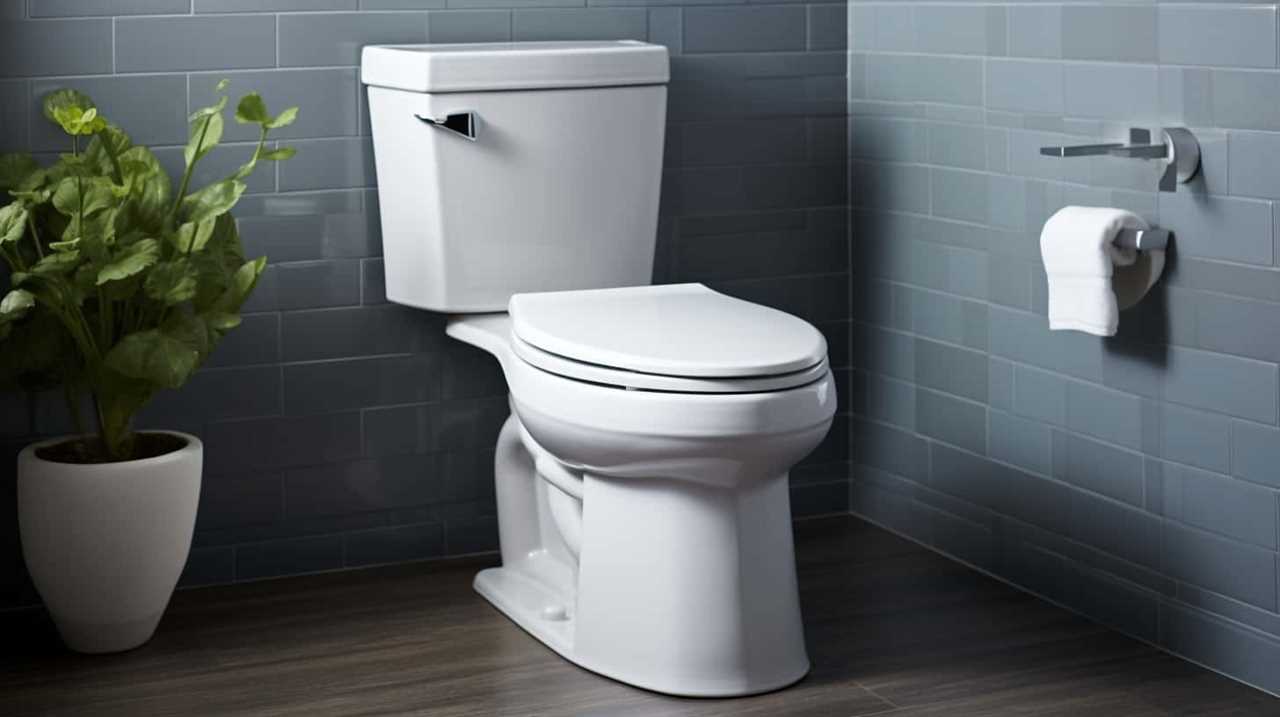
Are There Any Specific Tools or Techniques That Are Recommended for Retrieving a Toy From the Toilet?
To retrieve a toy from the toilet, we recommend using either a plunger or a snake. It’s important to know specific methods or tricks to safely remove the toy without causing further damage.
How Much Does It Typically Cost to Hire a Professional Plumber to Remove a Toy From a Toilet?
Hiring a professional plumber to remove a toy from a toilet can vary in cost. However, before considering the expense, it’s worth exploring DIY methods for toy retrieval that may save you money.
What Are Some Common Preventative Measures That Can Be Implemented to Avoid Toys Being Flushed Down the Toilet in the Future?
Preventative measures can help avoid toys being flushed down the toilet. Supervision, education, and childproofing can all play a role. If a toy does end up in the toilet, toy retrieval techniques like using a plunger or calling a professional plumber may be necessary.
Conclusion
Well, congratulations! Your little one has managed to turn a simple task into a plumbing nightmare. But fear not, because now you know exactly what to do if your child decides to play plumber.
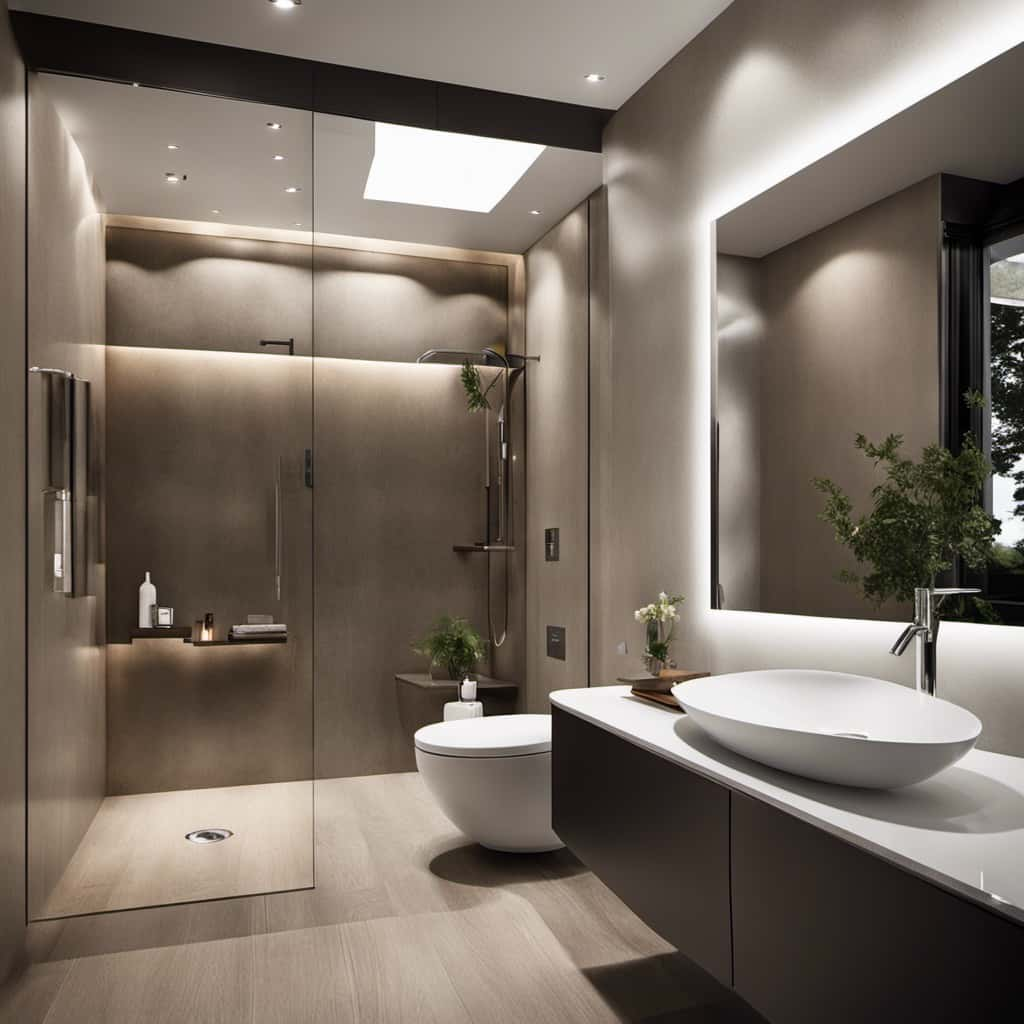
Assess the situation, retrieve the toy, check for clogs, and don’t hesitate to call a professional if needed. And remember, implementing preventative measures might just save you from future adventures in toy rescue.
Happy flushing!
With an impeccable eye for detail and a passion for bathroom-related, Ava leads our editorial team gracefully and precisely.
Under her guidance, Best Modern Toilet has flourished as the go-to resource for modern bathroom enthusiasts. In her free time, you might find Ava exploring antique shops and looking for vintage bathroom fixtures to add to her collection.
Toilet Brands
What Happens if You Press Both Toilet Buttons

Have you ever thought about what would happen if you decided to push both toilet buttons at the same time? Get ready, my dear reader, for a journey into the intriguing world of the toilet’s dual flush system.
In this article, we shall delve into the intricate mechanics of water flow and drainage, the potential calamity of overflow and flooding, and the impact of such a daring act on water conservation efforts.
Join us as we unravel the consequences and potential damage that await those who dare to tamper with the delicate balance of the toilet mechanism.
Key Takeaways
- Pressing both toilet buttons can lead to the risk of overflow and flooding.
- It contradicts the water-saving purpose and hampers conservation efforts.
- It can potentially damage the toilet mechanism, leading to costly repair bills.
- Proper maintenance and prevention of issues are crucial to ensure optimal performance and prevent unnecessary damage.
Toilet’s Dual Flush System
The dual flush system in our toilets allows us to conserve water by giving us the option to choose between a full flush or a half flush. This system is designed to be efficient and environmentally friendly.
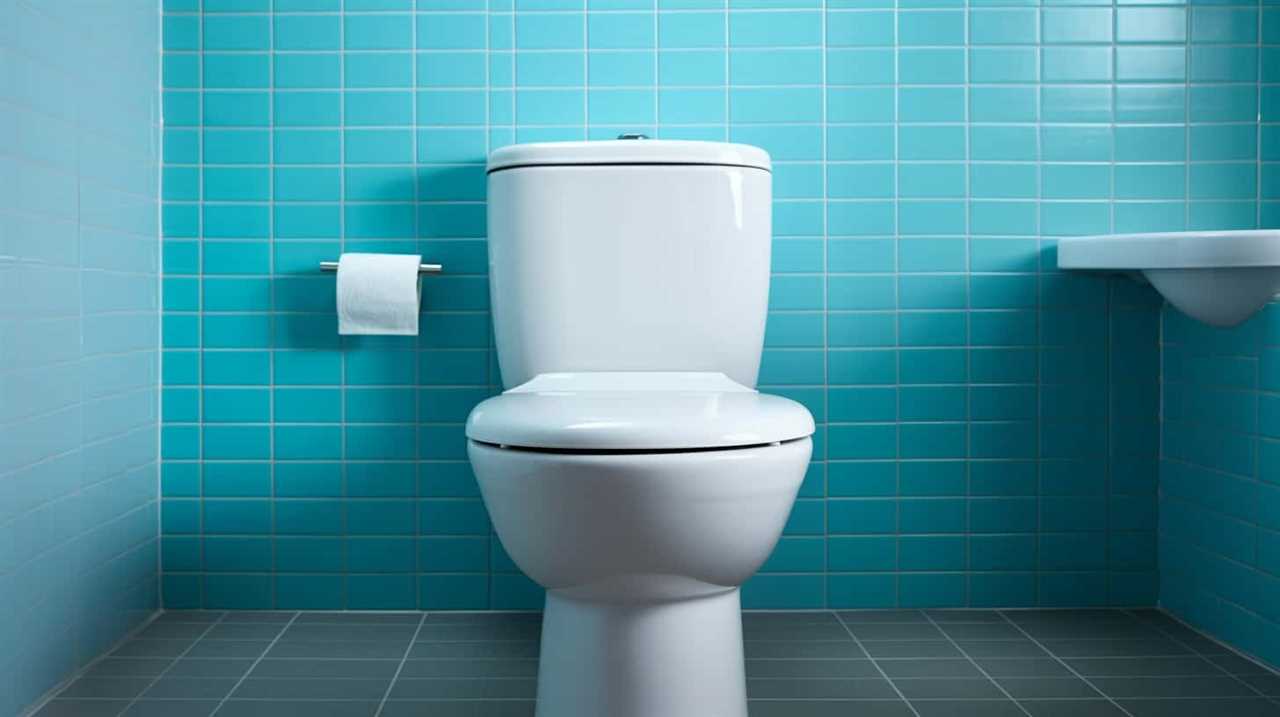
When we press the full flush button, it activates a mechanism that releases a larger amount of water, effectively removing waste from the bowl. On the other hand, when we press the half flush button, it releases a smaller amount of water, suitable for liquid waste. This efficiency comparison is essential because it helps us save water without compromising the toilet’s functionality.
However, like any mechanical system, the dual flush system isn’t immune to mechanical failures. It’s important to maintain and service the system regularly to ensure its proper functioning and avoid any potential issues.
Water Flow and Drainage Mechanics
Now let’s delve into how the water flow and drainage mechanics work when both toilet buttons are pressed.
When both buttons are simultaneously pressed, the toilet initiates a powerful flush that maximizes water flow to efficiently clean the toilet bowl. This dual flush system is designed to provide flexibility in water usage, allowing for a full flush or a partial flush depending on the waste volume.
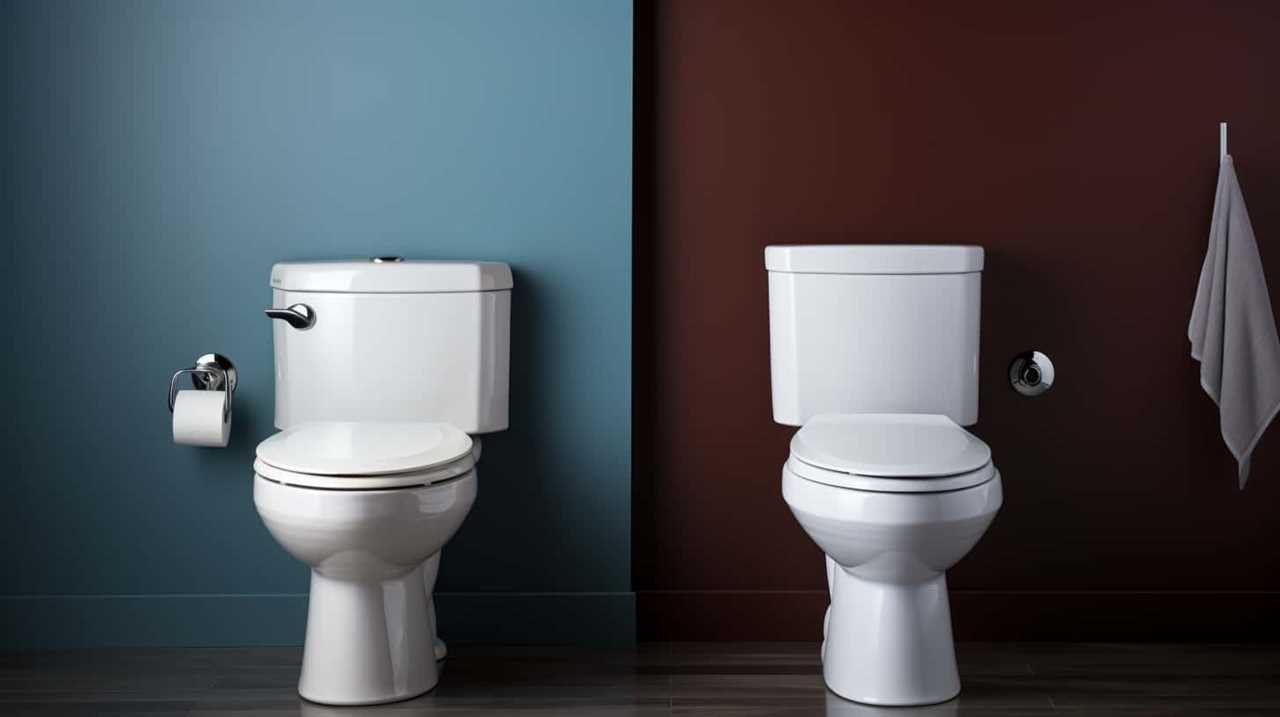
The toilet plumbing maintenance is crucial to ensure proper water flow and drainage. Regular cleaning of the toilet bowl and checking for any clogs or blockages in the plumbing system can prevent potential issues. By maintaining the toilet’s plumbing system, you can ensure optimal performance and minimize the chances of overflow and flooding.
Speaking of which, let’s now move on to the next section to discuss the possible consequences of pressing both buttons simultaneously.
Possible Overflow and Flooding
When both toilet buttons are pressed, there’s a risk of overflow and flooding due to the simultaneous release of a large volume of water into the bowl and the potential for the drain to become overwhelmed. This can lead to water spilling out onto the bathroom floor, causing damage to the surrounding area.
The risk of overflow and flooding is primarily influenced by water pressure and the condition of the plumbing system. Insufficient water pressure can result in slower drainage, increasing the likelihood of overflow. Similarly, if the plumbing system isn’t properly maintained, clogs or blockages can occur, further contributing to the risk.
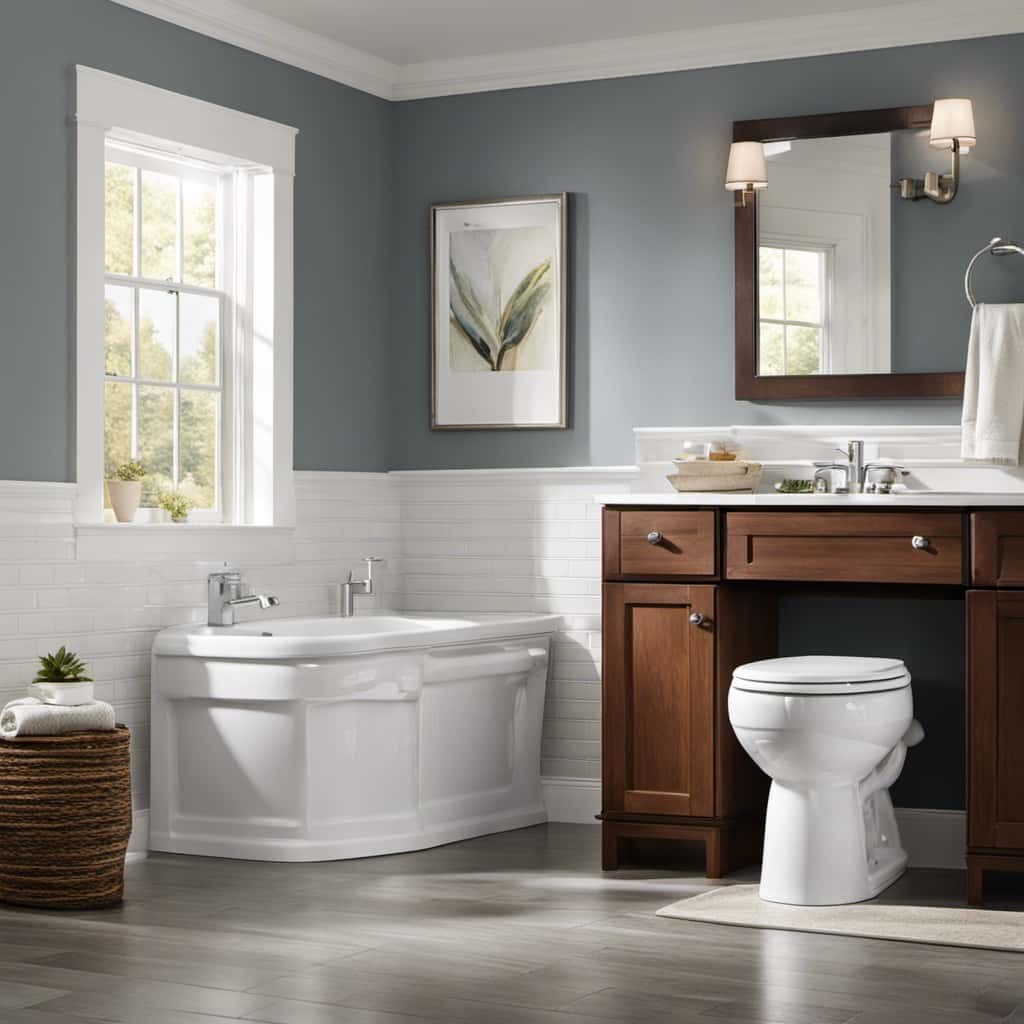
Regular plumbing maintenance, including checking for leaks, clearing any blockages, and ensuring proper water pressure, can help prevent overflow and flooding when both toilet buttons are pressed.
Impact on Water Conservation Efforts
As we press both toilet buttons, it’s important to consider the impact on our water conservation efforts. Water conservation techniques play a crucial role in minimizing our impact on the environment.
By pressing both buttons simultaneously, we’re essentially using the full amount of water available for flushing. This contradicts the purpose of water-saving toilets, designed to provide an option to use less water for liquid waste.
When both buttons are pressed, the water-saving feature is rendered ineffective, resulting in a significant increase in water consumption. This not only wastes valuable resources but also contributes to the depletion of water reserves.

To ensure we’re effectively conserving water, it’s essential to use water-saving features properly and avoid pressing both buttons simultaneously.
Potential Damage to the Toilet Mechanism
To prevent potential damage to the toilet mechanism, it’s important to understand the consequences of pressing both toilet buttons simultaneously. When both buttons are pressed at the same time, it can lead to a toilet button malfunction, causing various issues with the toilet’s operation. Here are the potential consequences:
- Increased pressure: The simultaneous pressing of both buttons can create a surge of water pressure that exceeds the intended limits of the toilet mechanism.
- Overloading the system: The excessive pressure can overload the toilet system, leading to damage to the flushing mechanism or even bursting of pipes.
These potential damages can result in costly repair bills. Repairing a toilet button malfunction may require replacing the entire flushing mechanism or even the toilet itself, depending on the extent of the damage.
It’s crucial to avoid pressing both toilet buttons simultaneously to prevent these issues and unnecessary repair costs.
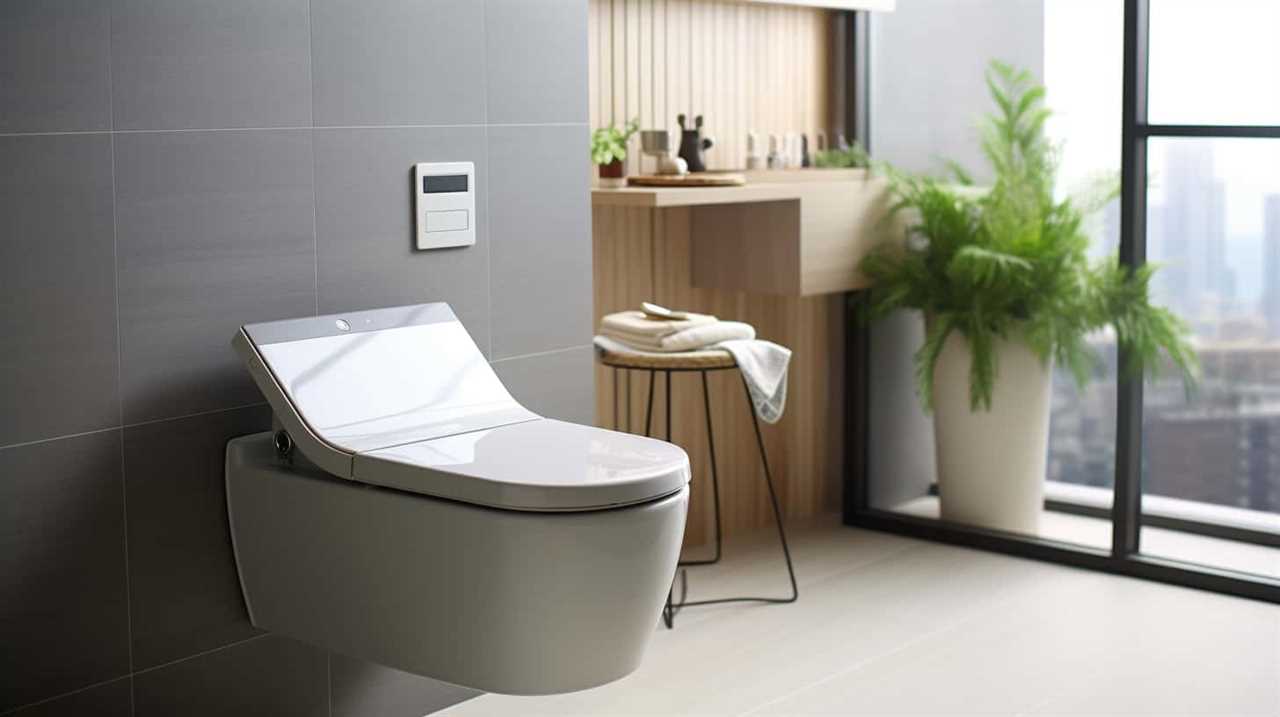
Frequently Asked Questions
Can Pressing Both Toilet Buttons Simultaneously Result in a More Powerful Flush?
Pressing both toilet buttons simultaneously on a dual flush toilet does not result in a more powerful flush. However, using dual flush toilets can provide potential benefits such as water conservation and reducing water usage.
Is It Possible to Accidentally Trigger Both Buttons at the Same Time?
Accidentally pressing both toilet buttons simultaneously can result in potential consequences, such as a more forceful flush. However, the likelihood of triggering both buttons is low. To prevent this, be cautious and ensure only one button is pressed at a time.
Does Using Both Buttons Affect the Amount of Water Used During a Flush?
Using both buttons on a toilet does not affect the amount of water used during a flush. However, using a single button toilet can provide water conservation benefits compared to dual button toilets.
Can Pressing Both Buttons Cause Damage to the Toilet’s Flushing Mechanism?
Pressing both toilet buttons simultaneously can potentially cause damage to the flushing mechanism. It is important to avoid doing so to prevent any costly repairs. The consequences may include a malfunctioning flush or even a broken toilet.
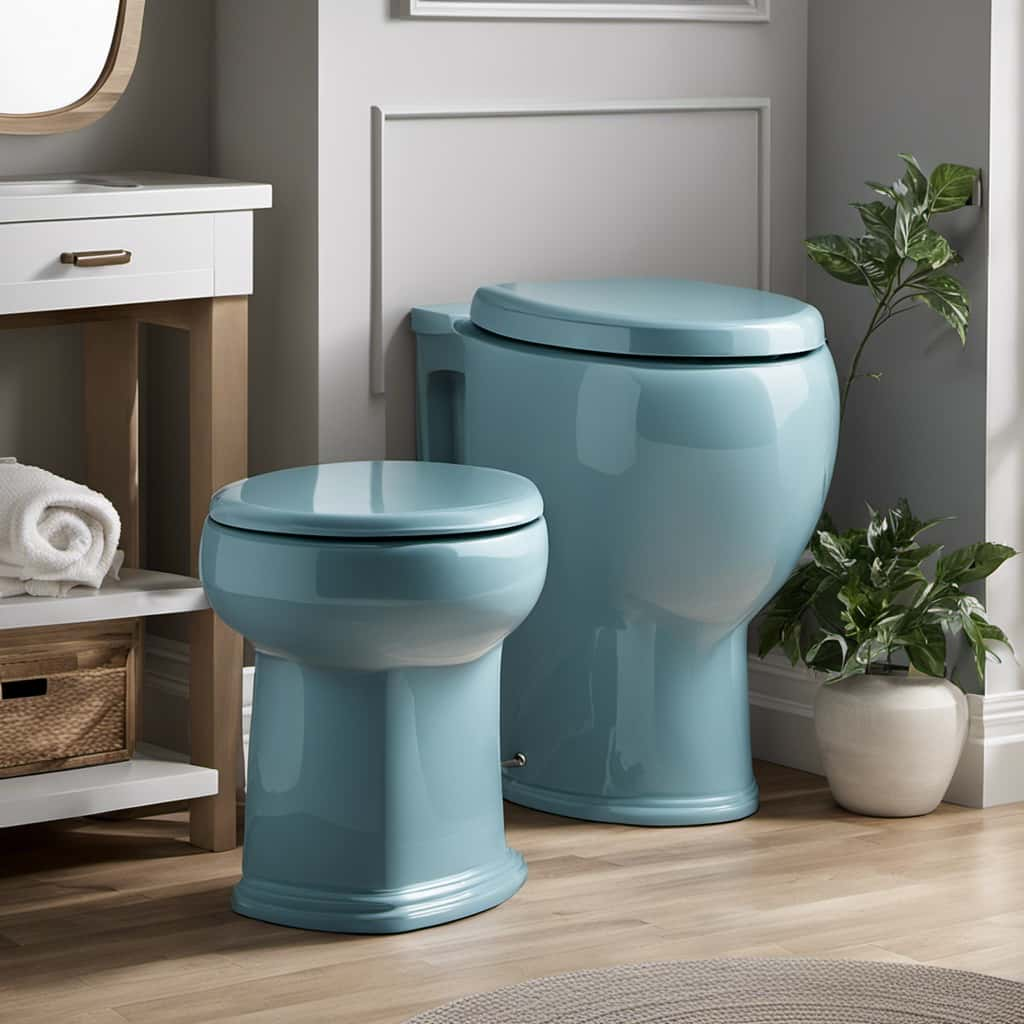
What Happens if One Button Is Pressed Before the Other Button Is Fully Released?
When one button is pressed before the other is fully released, it can disrupt the flushing sequence. This incorrect pressing technique may result in a decrease in water pressure and a less efficient flush.
Conclusion
In conclusion, pressing both toilet buttons simultaneously in a dual flush system can lead to potential overflow and flooding, impacting water conservation efforts.
This action could also potentially damage the toilet mechanism.
It’s advisable to avoid this practice to maintain the functionality and efficiency of the toilet.
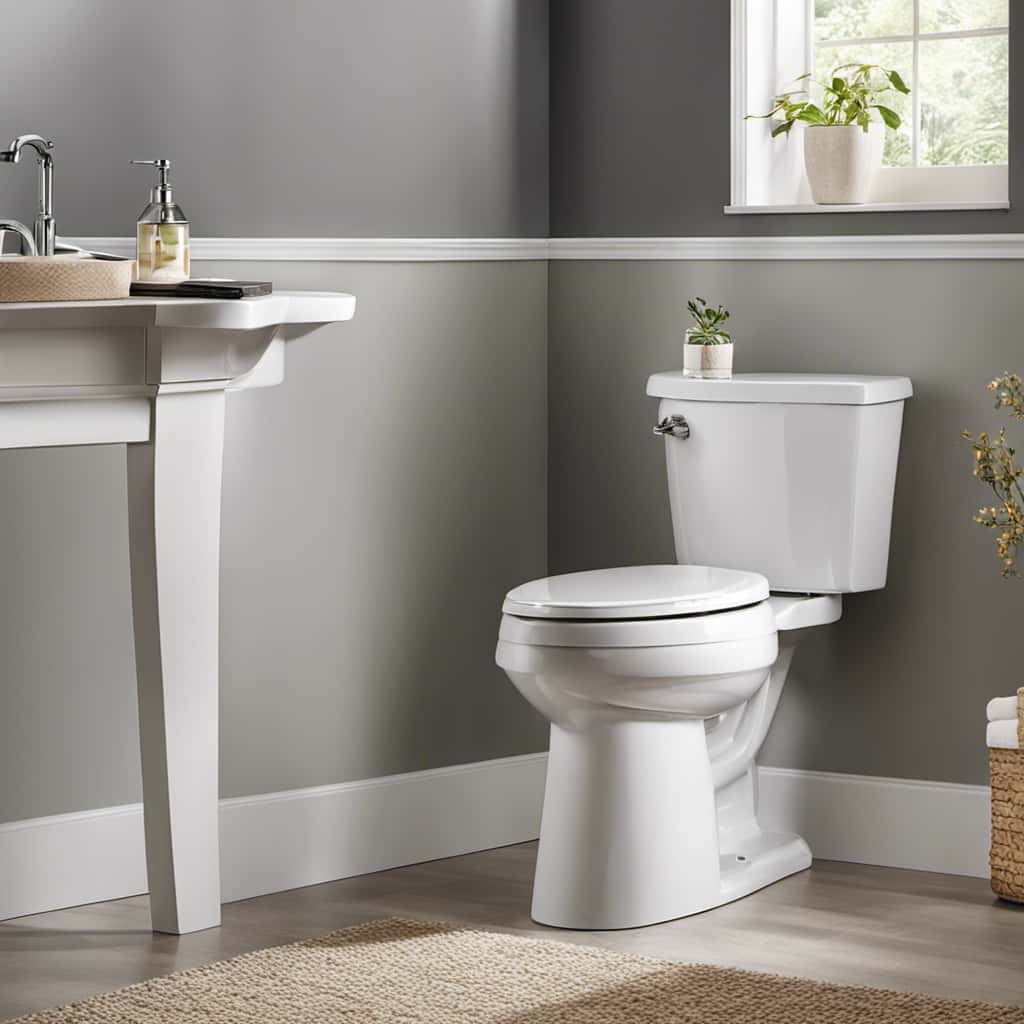
With an impeccable eye for detail and a passion for bathroom-related, Ava leads our editorial team gracefully and precisely.
Under her guidance, Best Modern Toilet has flourished as the go-to resource for modern bathroom enthusiasts. In her free time, you might find Ava exploring antique shops and looking for vintage bathroom fixtures to add to her collection.
Toilet Brands
Does Flushing the Toilet Less Save Money

The familiar adage ‘Every penny counts’ holds true, especially when it comes to our water bills.
Have you ever wondered if flushing the toilet less could actually save you money? In this article, we’ll dive into the relationship between water usage and cost, explore the factors that affect water consumption, and discover the potential savings from reducing toilet flushes.
So, let’s get ready to master the art of saving money while being mindful of our water usage!
Key Takeaways
- Flushing the toilet less can significantly reduce water consumption and lower water bills.
- Implementing water-saving techniques, such as using efficient appliances and fixing leaks, can further reduce water usage.
- Installing dual-flush toilets or low-flow toilets can provide more control over water usage and contribute to water conservation.
- Reducing toilet flush frequency not only saves money but also benefits the environment and water treatment facilities.
Water Usage and Cost Relationship
How does reducing our toilet flushing save us money on water usage and costs?
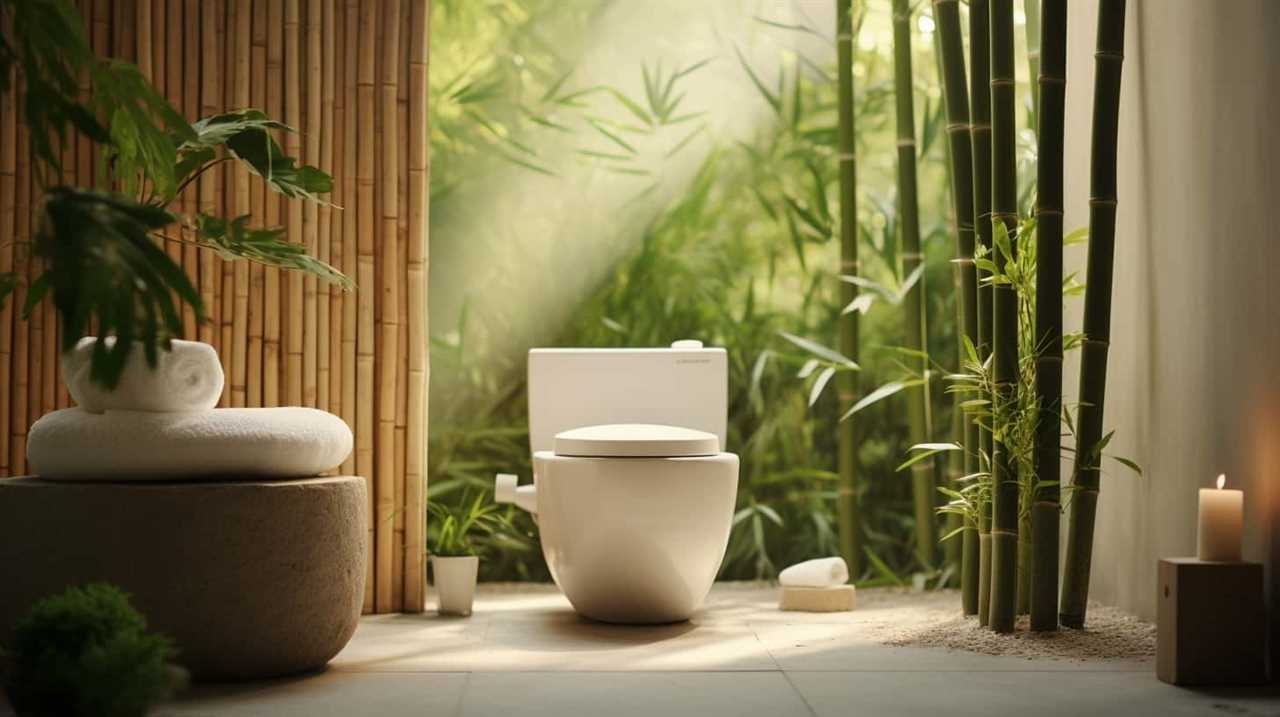
By implementing water conservation techniques, we can achieve significant long-term benefits in terms of both our wallet and the environment.
When we flush the toilet, a large amount of water is used to carry away waste. However, by reducing the frequency of flushing, we can conserve water and reduce our water bills.
Additionally, modern toilets come equipped with dual-flush mechanisms, allowing us to choose between a full flush for solid waste and a partial flush for liquid waste. This further reduces water usage and costs.
It’s important to note that while reducing toilet flushing may seem like a small change, it can have a substantial impact on our overall water consumption and financial savings.

Factors Affecting Water Consumption
To understand the factors affecting water consumption, let’s delve deeper into the ways in which our daily habits and household appliances contribute to our overall water usage. One major factor is toilet water efficiency. Older toilets can use up to 6 gallons of water per flush, while newer models use as little as 1.28 gallons. Upgrading to a more efficient toilet can significantly reduce water consumption. Another factor is our water conservation techniques. Simple habits like turning off the tap while brushing our teeth or using a dishwasher instead of handwashing dishes can make a big difference. Additionally, fixing leaks and using water-efficient appliances, such as washing machines and showers, can further reduce our water usage. By being mindful of these factors, we can contribute to a more sustainable water future.
| Factor | Description | Impact |
|---|---|---|
| Toilet water efficiency | Older toilets use more water per flush than newer models. | Upgrading to efficient toilets reduces usage. |
| Water conservation techniques | Adopting habits like turning off taps and using efficient appliances. | Significant reduction in water consumption. |
| Fixing leaks | Repairing leaks in pipes and faucets. | Prevents wastage of water. |
| Water-efficient appliances | Using appliances that consume less water. | Decreases overall water usage. |
Impact of Flushing Frequency on Water Bill
To understand the impact of flushing frequency on our water bill, let’s consider the role it plays in our overall water consumption habits.
Flushing the toilet is one of the largest uses of water in a household. The more frequently we flush, the more water we use, and ultimately, the higher our water bill becomes. However, reducing flushing frequency can lead to significant savings.
By implementing water conservation tips, such as only flushing when necessary, we can minimize our water usage and lower our bills. Moreover, reducing flushing frequency has environmental benefits as well. Conserving water helps to preserve our planet’s precious resources and reduce the strain on water treatment facilities.
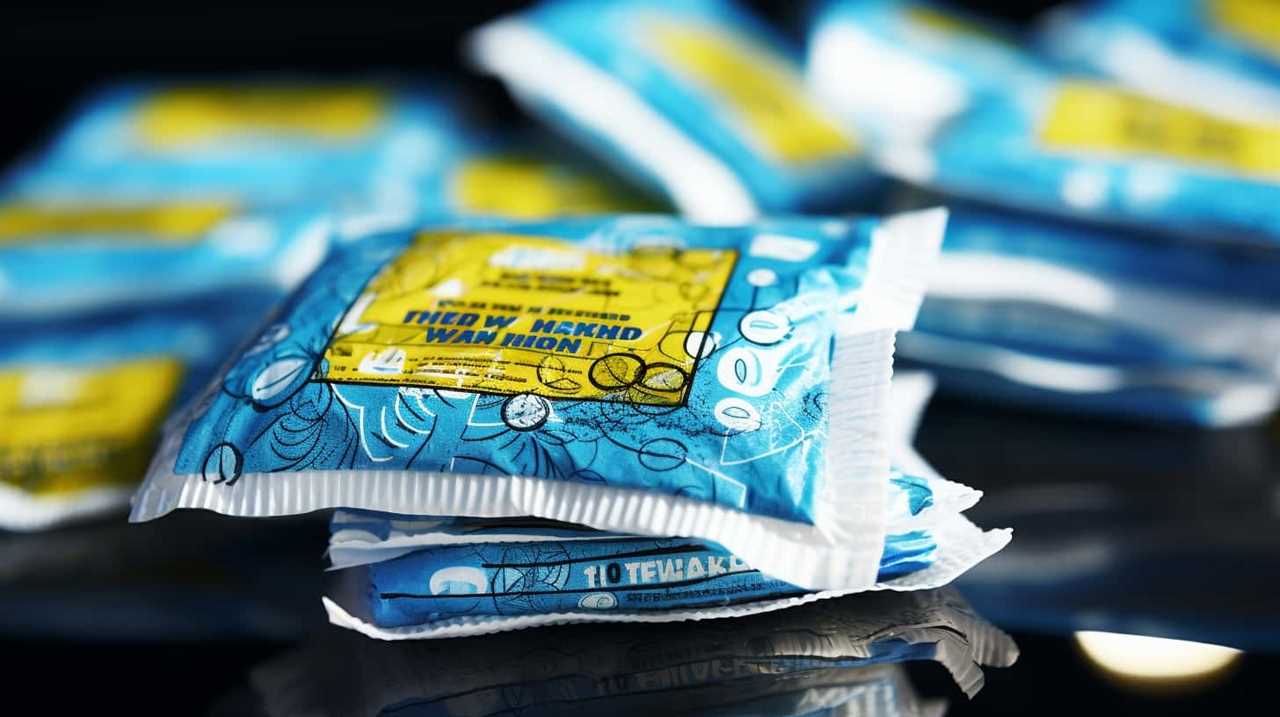
Potential Savings From Flushing Less
By flushing the toilet less frequently, we can potentially save money. Studies on toilet flush frequency have shown that reducing the number of times we flush can significantly decrease toilet water usage, leading to lower water bills. To illustrate the potential savings, let’s consider a comparison between flushing the toilet after each use versus flushing every other use.
| Flush Frequency | Average Daily Flushes | Water Usage per Flush (gallons) | Monthly Water Usage (gallons) |
|---|---|---|---|
| After Each Use | 6 | 1.6 | 288 |
| Every Other Use | 3 | 1.6 | 144 |
Assuming a water cost of $0.01 per gallon, the monthly savings from flushing every other use would be $1.44. While the savings may seem small, they can add up over time. Therefore, by being mindful of our toilet flush frequency, we can make a significant impact on our water bills.
Considerations for Reducing Toilet Flushes
Reducing toilet flushes requires careful consideration of efficiency and conservation methods. One option to decrease water usage is by installing a dual-flush toilet. These toilets have two buttons, allowing users to choose between a full flush for solid waste or a reduced flush for liquid waste.
Another alternative is a low-flow toilet, which uses less water per flush compared to traditional toilets. Additionally, using toilet tank displacement devices, such as a toilet dam or a plastic bottle filled with water, can reduce the amount of water used per flush.
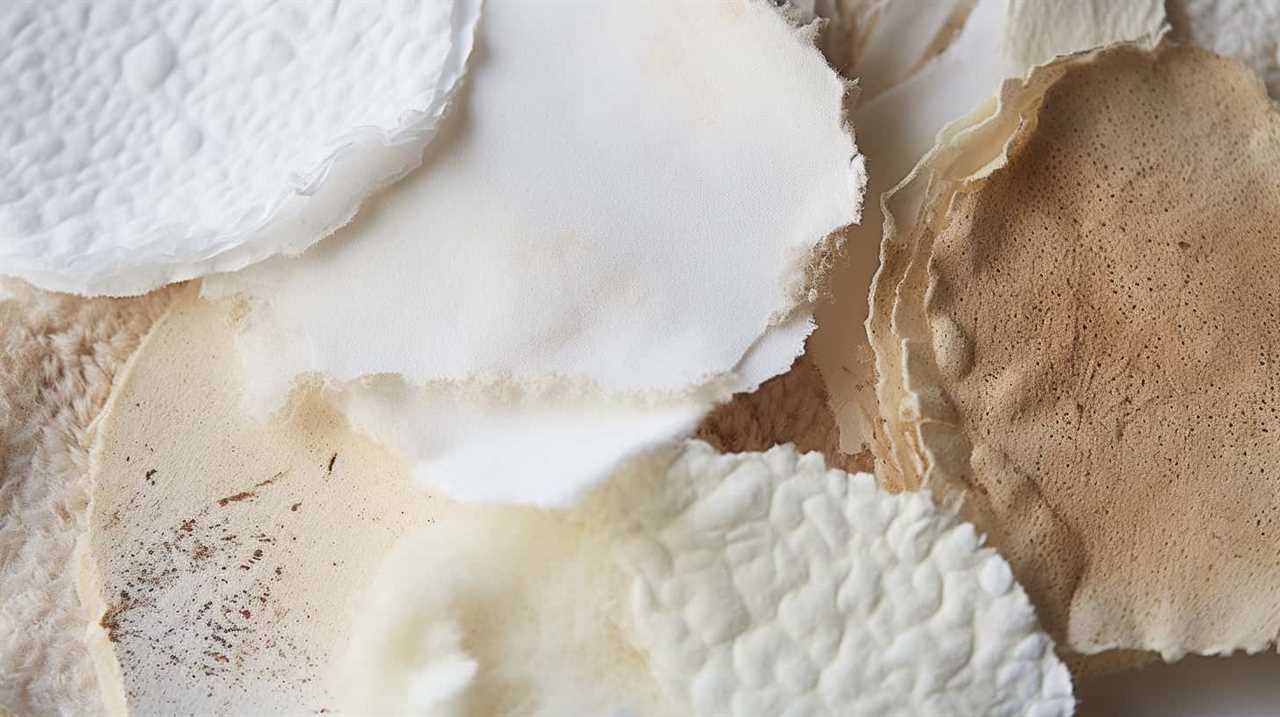
These alternatives not only save water but also provide environmental benefits by reducing water consumption and conserving resources. Consideration of these toilet flush alternatives can contribute to a more sustainable and eco-friendly approach to water usage in households.
Frequently Asked Questions
How Does the Cost of Water Vary Across Different Regions or Areas?
The cost of water can vary greatly across different regions or areas due to factors such as availability, infrastructure, and demand. Understanding these variations is crucial for managing water consumption and optimizing costs.
Are There Any Government Regulations or Incentives That Encourage Water Conservation?
There are government regulations and incentives that encourage water conservation. These measures aim to promote responsible water usage and reduce waste. By implementing these policies, individuals and businesses can save money while protecting the environment.
Can Using Water-Saving Appliances or Fixtures, Such as Low-Flow Toilets, Significantly Reduce Water Consumption?
Using water-saving appliances or fixtures, such as low-flow toilets, can significantly reduce water consumption. This has water saving benefits and a positive environmental impact.
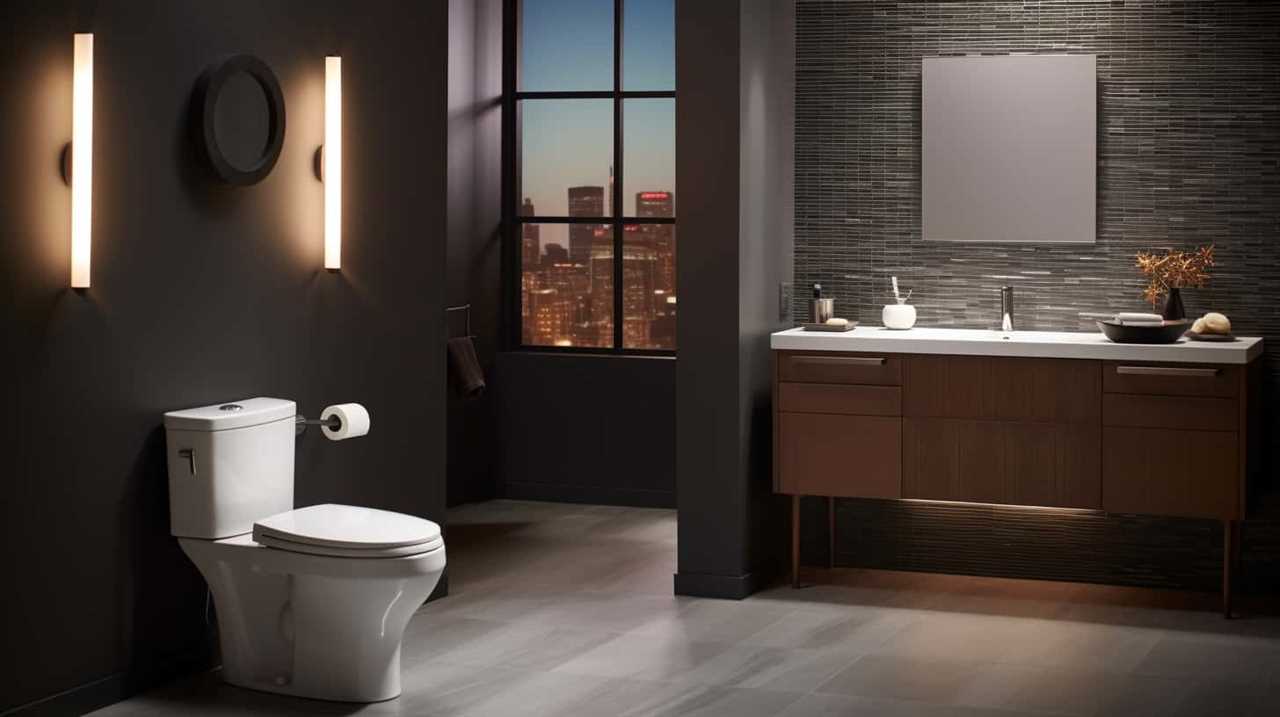
Are There Any Alternative Methods or Technologies Available to Reduce Toilet Flushes Without Compromising Hygiene?
Toilet flush alternatives and water-saving technologies provide effective methods to reduce water consumption without compromising hygiene. These innovations offer viable solutions for individuals seeking to conserve water and promote sustainability in their homes.
How Does the Frequency of Toilet Flushing Impact the Overall Water Usage in a Household?
Toilet flushing frequency directly affects overall water usage in households. Understanding this correlation is crucial for water conservation. Low flow toilets have a significant impact, but alternative flush reduction methods should also be explored for maximum water conservation incentives.
Conclusion
In conclusion, reducing the frequency of toilet flushing can indeed save money on your water bill. By being mindful of our water consumption and implementing simple strategies such as only flushing when necessary, we can significantly decrease our monthly expenses.
However, it’s important to consider the potential impact on sanitation and hygiene. Balancing conservation efforts with personal comfort is key.
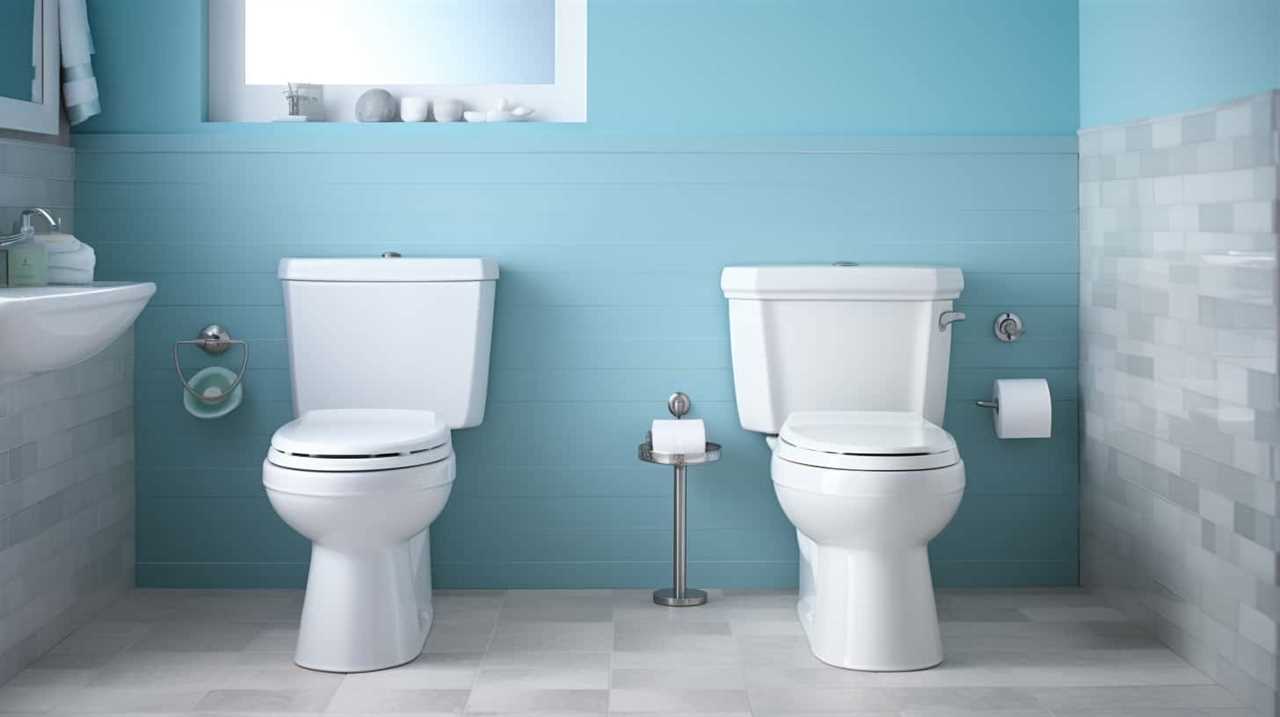
So, let’s take the plunge and start saving those precious pennies!
With an impeccable eye for detail and a passion for bathroom-related, Ava leads our editorial team gracefully and precisely.
Under her guidance, Best Modern Toilet has flourished as the go-to resource for modern bathroom enthusiasts. In her free time, you might find Ava exploring antique shops and looking for vintage bathroom fixtures to add to her collection.
Toilet Brands
Which Is Better Gravity Flush or Pressure-Assisted Flush

Did you realize that on average, a person flushes the toilet around 2,500 times per year? That amounts to a significant amount of water being used!
So, when it comes to choosing between a gravity flush or a pressure-assisted flush, efficiency and water usage are key factors.
In this article, we will explore the pros and cons of both types of flushing systems, as well as their flush power, maintenance requirements, and noise levels.
By the end, you’ll be equipped with the knowledge to make an informed decision for your bathroom.
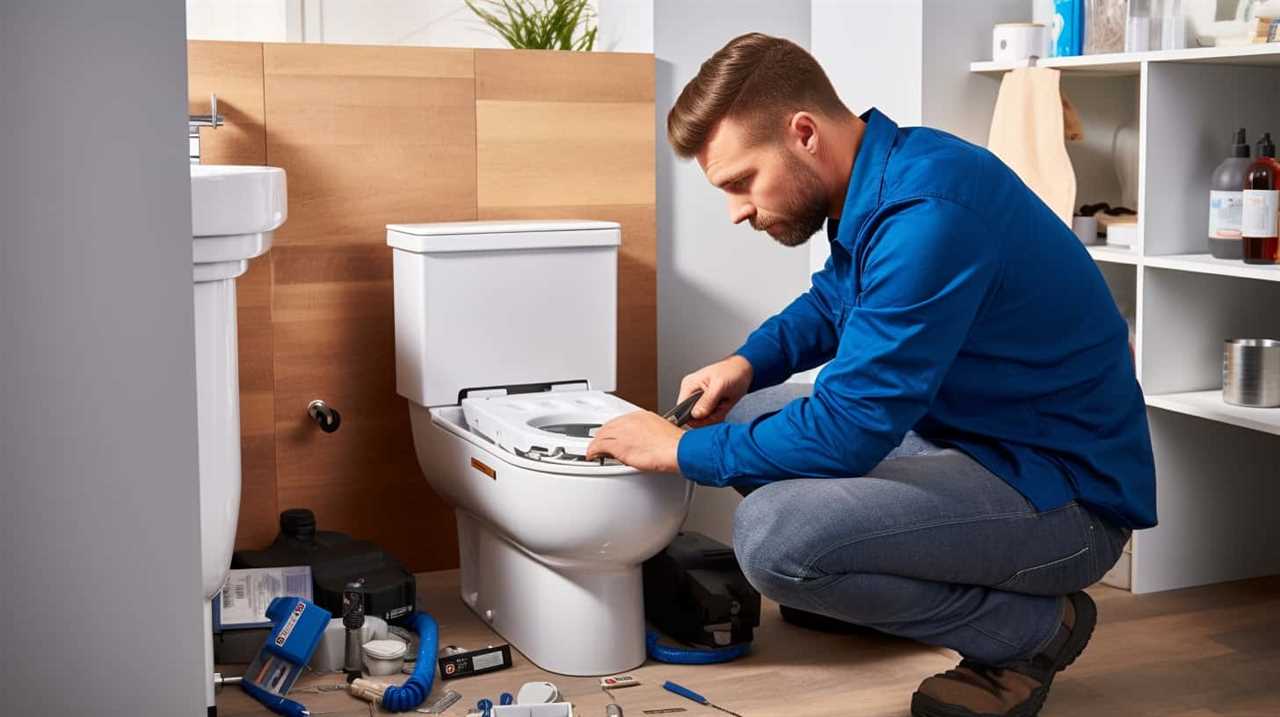
Key Takeaways
- Gravity flush toilets are more cost-effective and have a lower environmental impact compared to pressure-assisted flush toilets.
- Gravity flush toilets use less water per flush, reducing water consumption and conserving resources.
- Gravity flush toilets require less frequent maintenance and repairs, contributing to their cost-effectiveness.
- Gravity flush toilets operate quietly and create minimal noise compared to pressure-assisted flush toilets.
Efficiency
In our experience, gravity flush toilets have shown to be more efficient than pressure-assisted flush toilets. When it comes to cost effectiveness, gravity flush toilets have the advantage. They’re generally less expensive to purchase and maintain compared to pressure-assisted flush toilets. Additionally, gravity flush toilets have a lower environmental impact. They use less water per flush, reducing water consumption and conserving this valuable resource. This not only helps the environment but also reduces water bills.
Furthermore, gravity flush toilets require less frequent maintenance and repairs, which further contributes to their cost effectiveness.
Transitioning into the subsequent section about water usage, it’s important to note that gravity flush toilets also excel in this aspect, as they use less water per flush compared to pressure-assisted flush toilets.
Water Usage
When it comes to water usage, gravity flush toilets continue to outperform pressure-assisted flush toilets in terms of efficiency and conservation. Gravity flush toilets use the force of gravity to empty the bowl, requiring less water per flush compared to pressure-assisted toilets. This water conservation not only helps to reduce water bills but also has a positive environmental impact by reducing the amount of water consumed.

Pressure-assisted flush toilets, on the other hand, use a combination of water and air pressure to forcefully remove waste from the bowl. While they may provide a more powerful flush, they tend to use more water per flush, making them less efficient in terms of water conservation. Considering the importance of water conservation and its environmental impact, gravity flush toilets are the preferred choice.
Moving on to the next subtopic, let’s discuss the flush power of gravity flush and pressure-assisted flush toilets.
Flush Power
Now let’s delve into the flush power of both gravity flush and pressure-assisted flush toilets, continuing our discussion on water efficiency and conservation. When it comes to toilet design, flush power refers to the ability of a toilet to effectively remove waste with minimal water usage. To compare the flush power of gravity flush and pressure-assisted flush toilets, let’s take a look at the table below:
| Toilet Type | Flush Power | Water Usage | Environmental Impact |
|---|---|---|---|
| Gravity Flush | Moderate | High | Low |
| Pressure-Assisted | High | Moderate | Moderate |
As seen in the table, pressure-assisted toilets generally have higher flush power compared to gravity flush toilets. However, they also tend to use more water and have a moderate environmental impact. On the other hand, gravity flush toilets have a lower flush power but use less water and have a lower environmental impact. It is important to consider both flush power and water efficiency when choosing a toilet, as it directly impacts the environmental sustainability of our water resources.
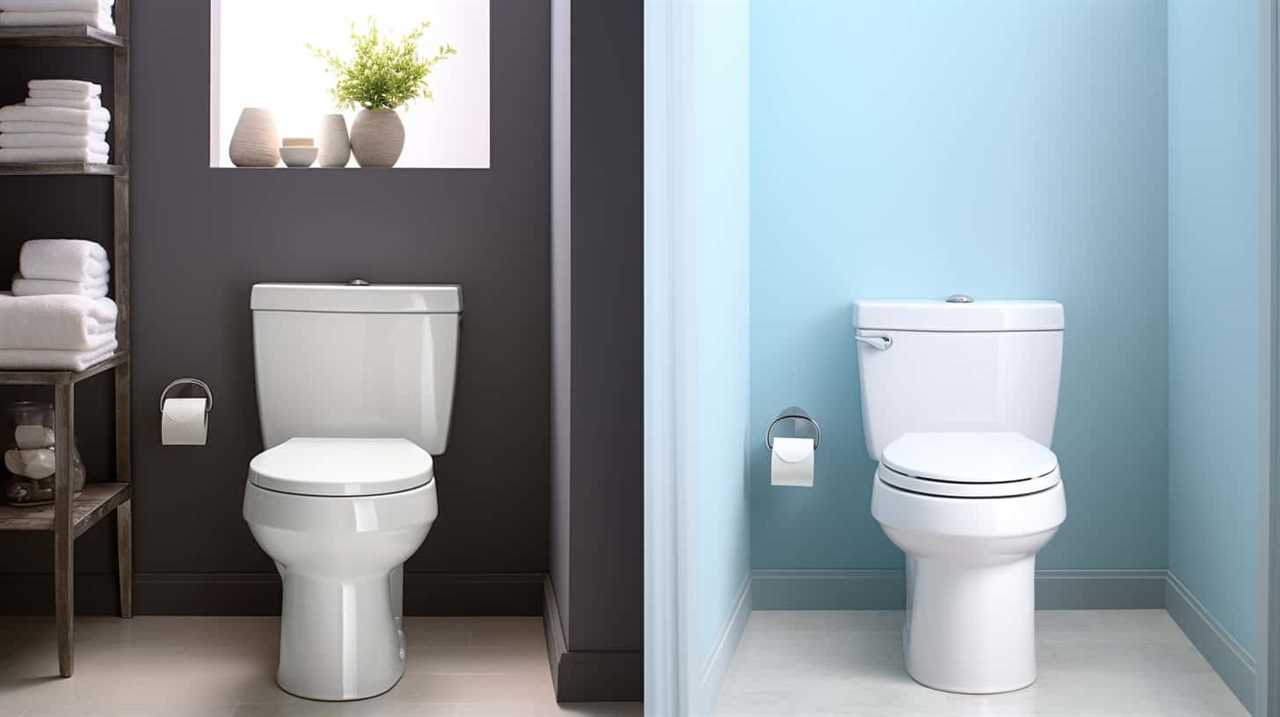
Maintenance
Let’s now address the maintenance aspect of both gravity flush and pressure-assisted flush toilets, as it’s an important factor to consider when choosing between the two.
When it comes to maintenance costs, gravity flush toilets tend to be less expensive to maintain compared to pressure-assisted flush toilets. Gravity flush toilets have simpler mechanisms and don’t require any additional parts or components.
On the other hand, pressure-assisted flush toilets may require periodic maintenance, such as checking and adjusting the pressure tank or replacing any malfunctioning parts.
When it comes to troubleshooting, both types of toilets may encounter issues. For gravity flush toilets, common problems include clogs, leaks, or running water. These can usually be resolved by using a plunger, replacing a faulty flapper, or adjusting the water level.
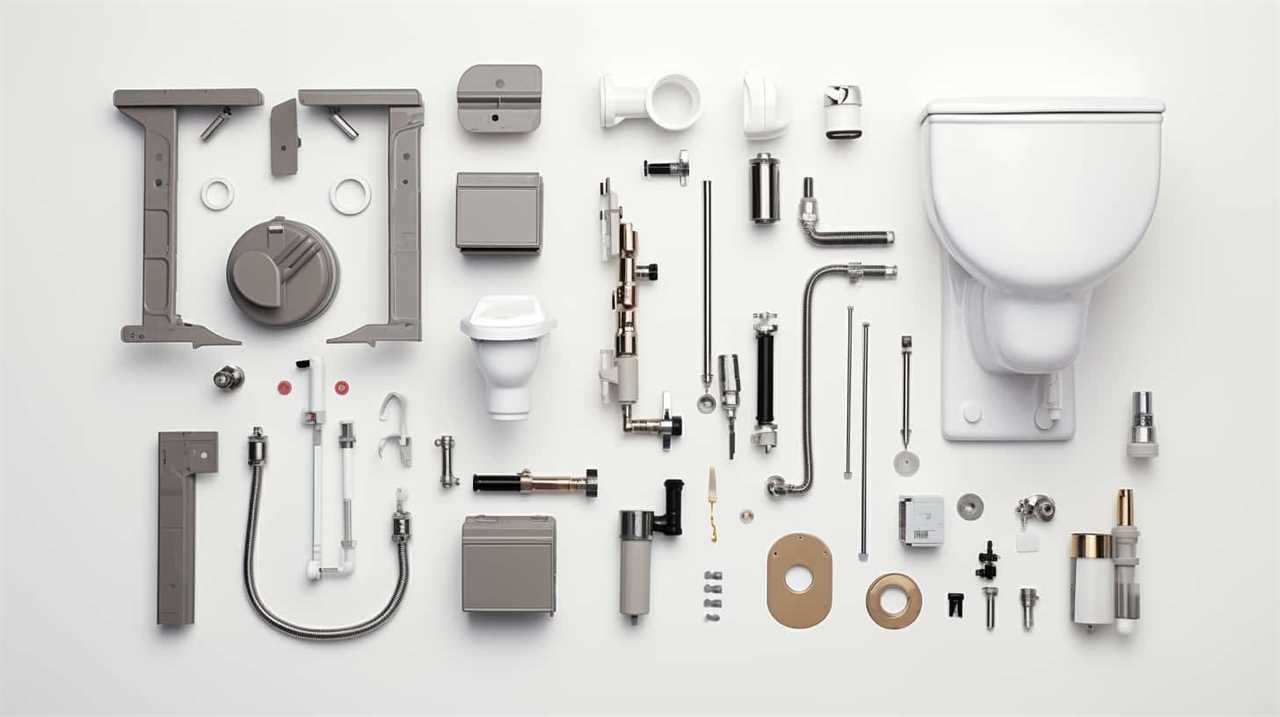
Pressure-assisted flush toilets, while less prone to clogs, may experience issues with the pressure tank or the flush valve. Troubleshooting tips for pressure-assisted flush toilets may involve checking and adjusting the pressure tank or replacing any faulty components.
Noise
Considering the noise factor, we found that both gravity flush and pressure-assisted flush toilets differ in their sound levels. When it comes to noise reduction techniques, gravity flush toilets have an advantage. Here are the reasons why:
- Design: Gravity flush toilets operate quietly due to their simple mechanism. The water flows down from the tank into the bowl, creating minimal noise.
- Water Flow: Gravity flush toilets rely on water weight to generate flushing power, resulting in a gentle and quiet flush compared to pressure-assisted toilets.
- Soundproofing Options: If noise is a concern, soundproofing options can be applied to both types of toilets. However, gravity flush toilets generally require less soundproofing due to their inherently quieter operation.
Frequently Asked Questions
How Long Does It Take to Install a Gravity Flush Toilet Compared to a Pressure-Assisted Flush Toilet?
When comparing installation time, gravity flush toilets are typically quicker to install compared to pressure-assisted flush toilets. Additionally, gravity flush toilets have the benefit of being more efficient and quieter in operation.
Can a Pressure-Assisted Flush Toilet Be Converted Into a Gravity Flush System?
Yes, pressure-assisted flush toilets can be converted into gravity flush systems. This conversion offers several benefits, including quieter operation, lower maintenance requirements, and the ability to use less water per flush.
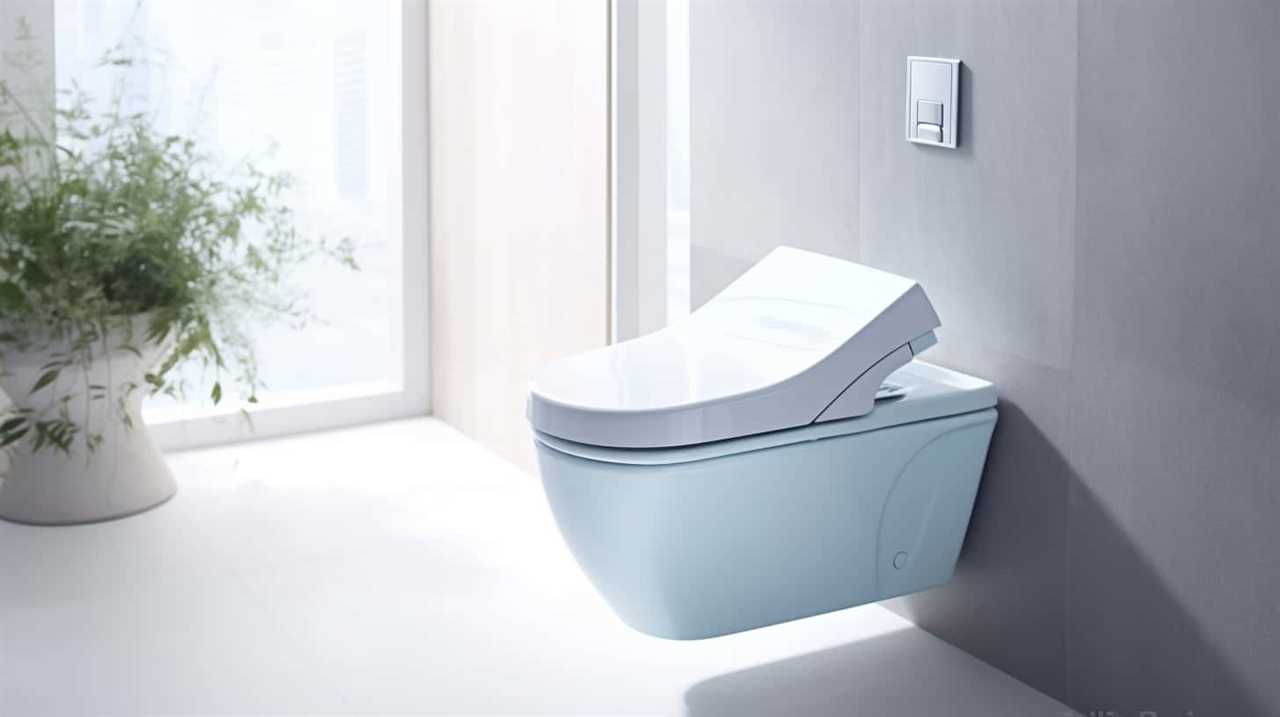
Are There Any Health Concerns Associated With Using a Pressure-Assisted Flush Toilet?
There are health concerns to consider when using a pressure-assisted flush toilet, such as increased noise and potential for leaks. However, a performance comparison between gravity flush and pressure-assisted flush toilets is necessary to determine which is better.
Do Gravity Flush Toilets Require Any Special Cleaning Products or Maintenance Procedures?
When it comes to gravity flush toilets, there is no need for special cleaning products or maintenance procedures. Regular cleaning and using standard toilet cleaners should suffice to keep it functioning optimally.
Are Pressure-Assisted Flush Toilets More Prone to Clogs Than Gravity Flush Toilets?
Pressure-assisted flush toilets, although powerful, have a higher clogging propensity compared to gravity flush toilets. Regular maintenance and proper usage can mitigate this issue. We recommend assessing your specific needs before deciding which type is better.
Conclusion
In conclusion, when comparing gravity flush and pressure-assisted flush systems, both have their advantages and disadvantages.
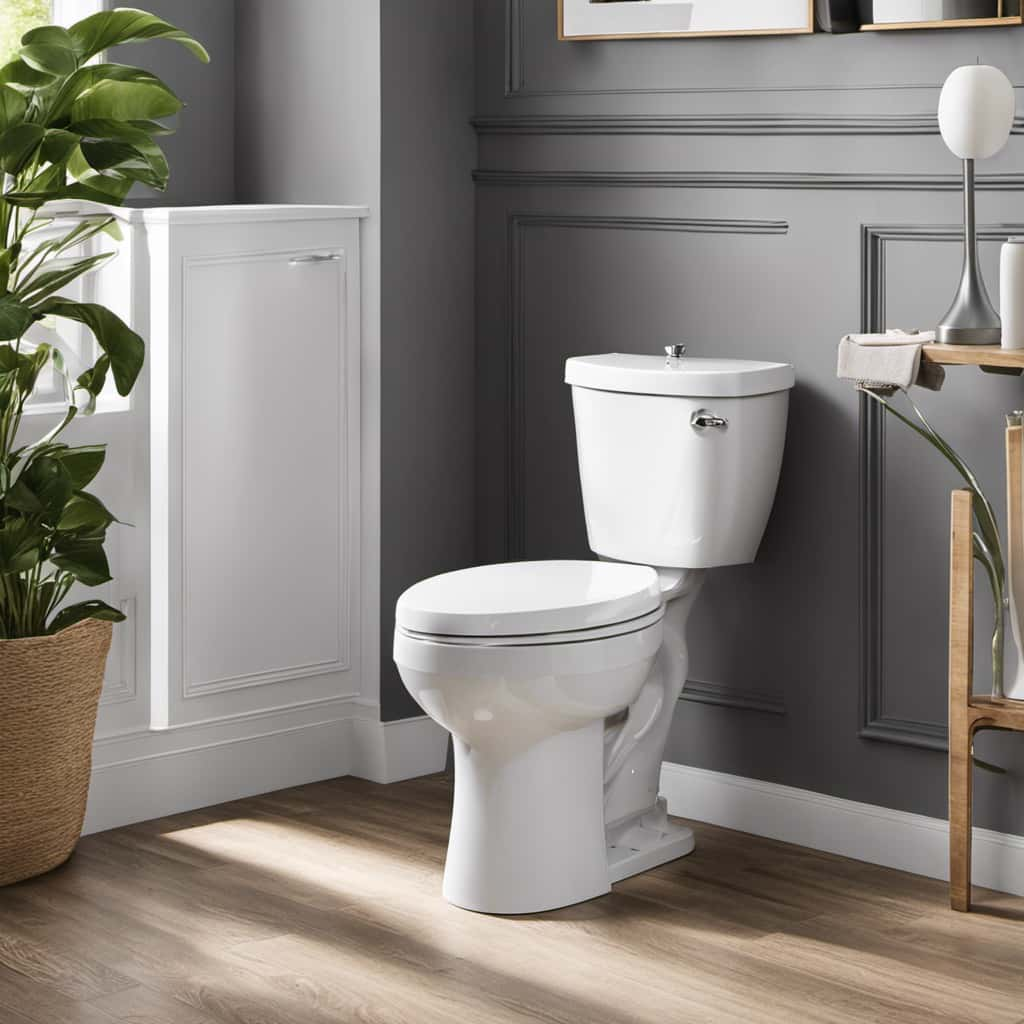
Gravity flush toilets are more efficient, use less water, and require less maintenance.
On the other hand, pressure-assisted flush toilets offer more powerful flushing capabilities but can be noisier and may require more maintenance.
Ultimately, the choice between the two depends on personal preferences and specific needs.
Remember, ‘different strokes for different folks’ – what works best for one person may not work for another.
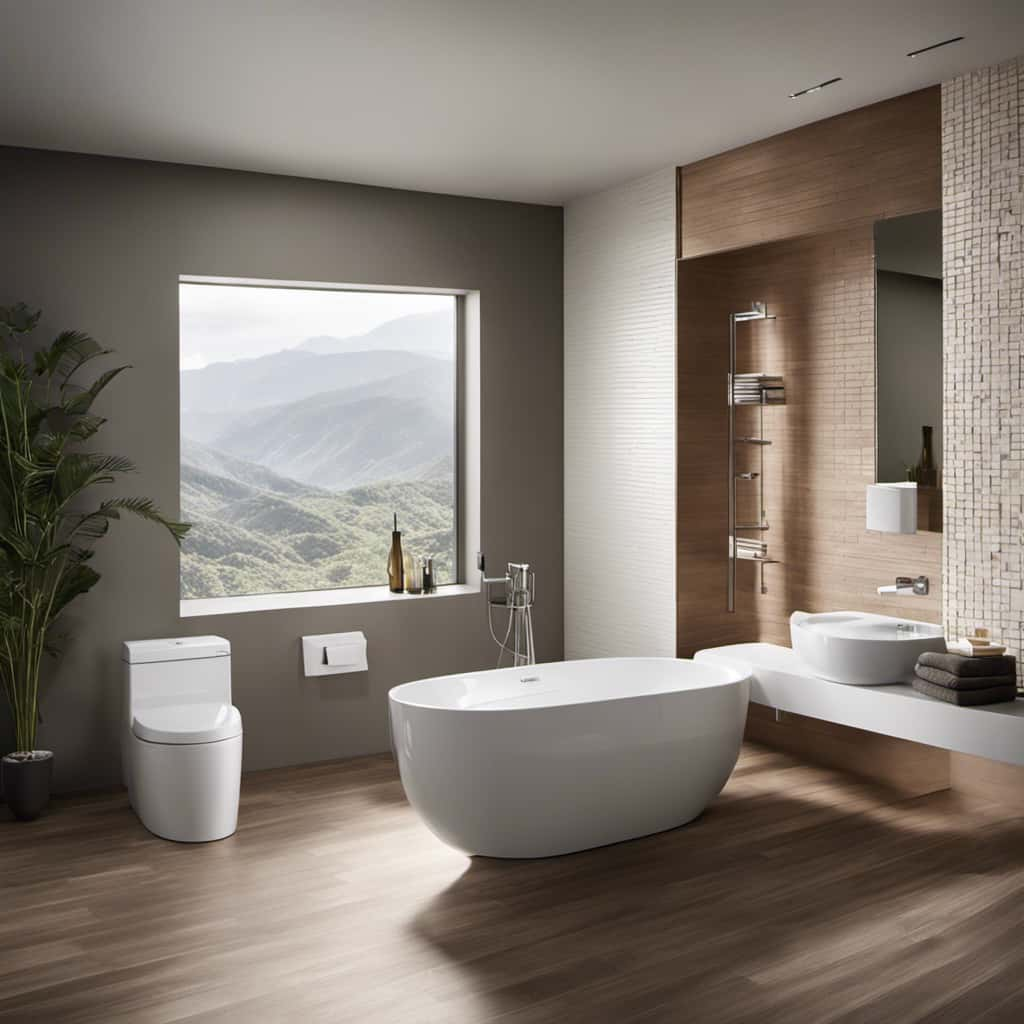
With an impeccable eye for detail and a passion for bathroom-related, Ava leads our editorial team gracefully and precisely.
Under her guidance, Best Modern Toilet has flourished as the go-to resource for modern bathroom enthusiasts. In her free time, you might find Ava exploring antique shops and looking for vintage bathroom fixtures to add to her collection.
-
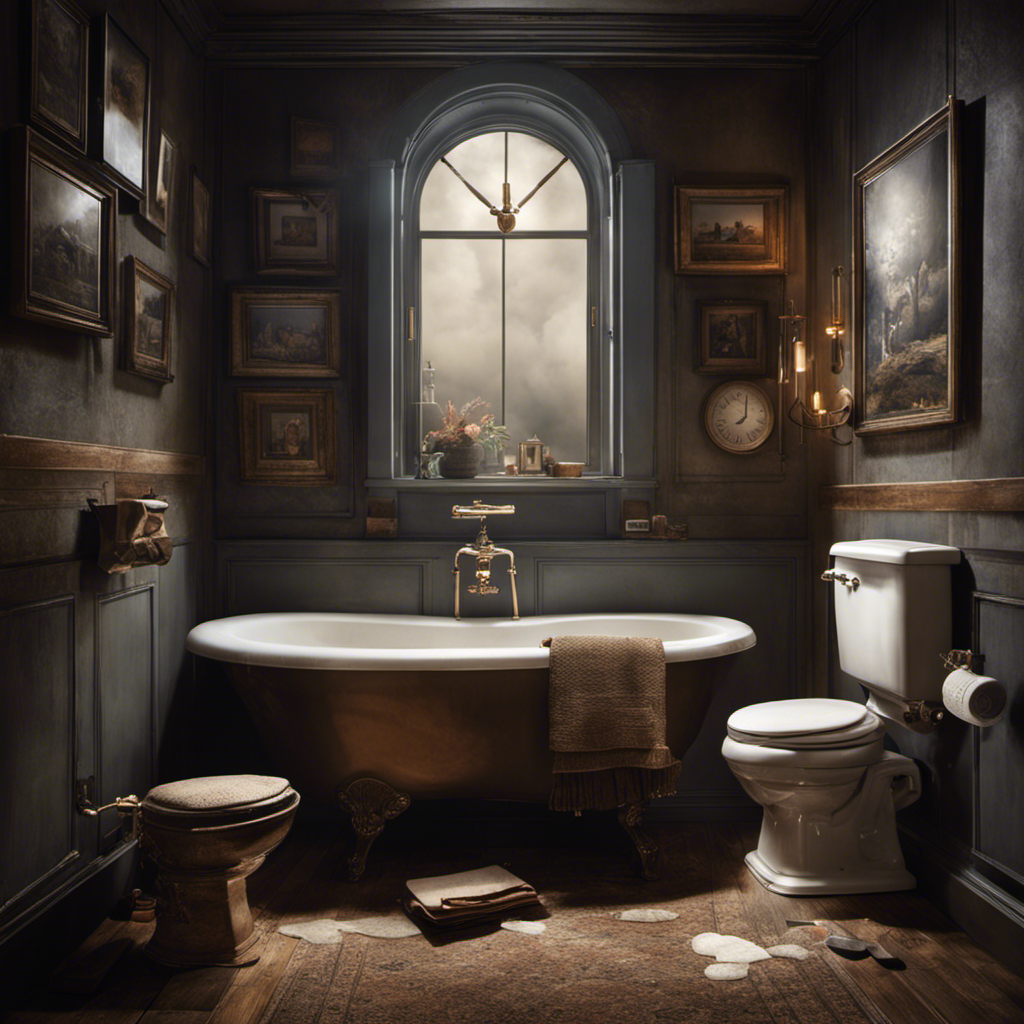
 FAQ - Advanced Bathroom Queries3 months ago
FAQ - Advanced Bathroom Queries3 months agoWhat Happens if You Sit on the Toilet Too Long
-
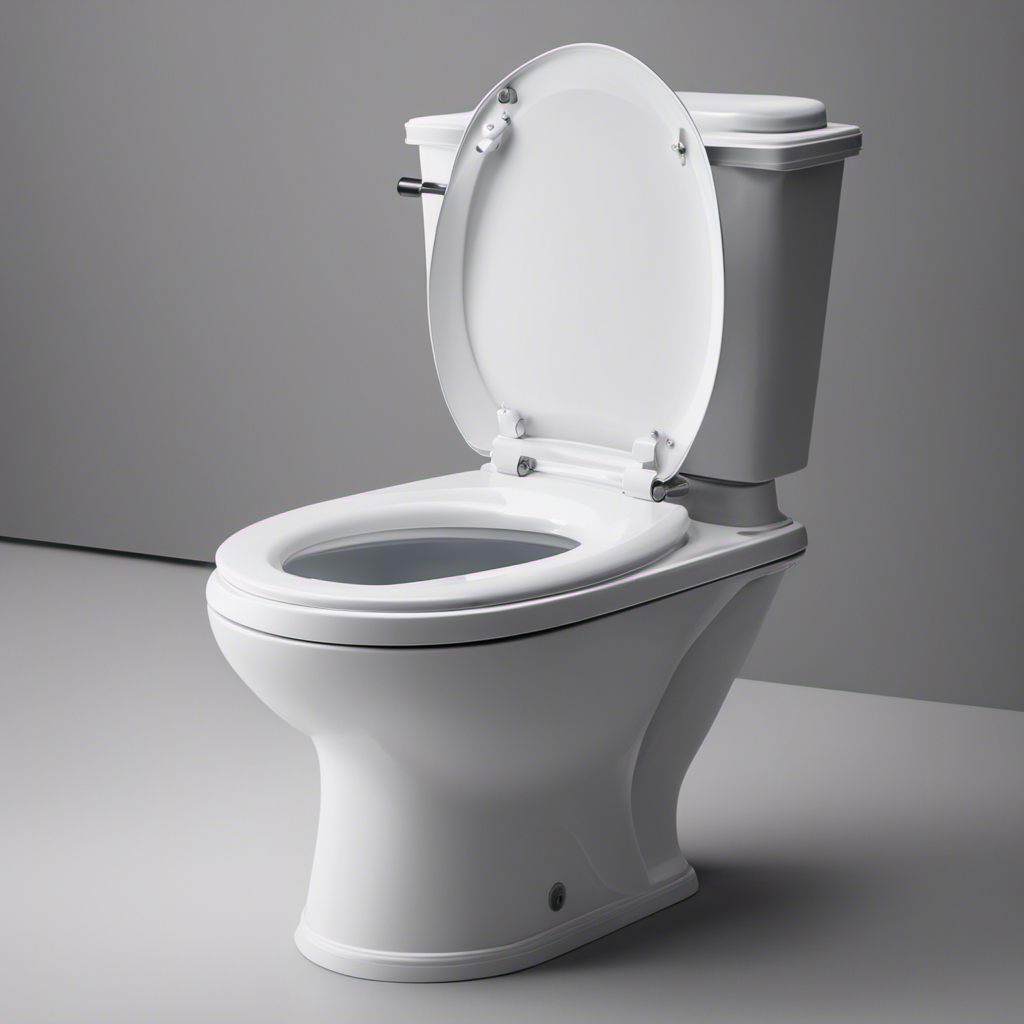
 FAQ - Advanced Bathroom Queries3 months ago
FAQ - Advanced Bathroom Queries3 months agoWhy Is My Toilet so Loud When Refilling
-
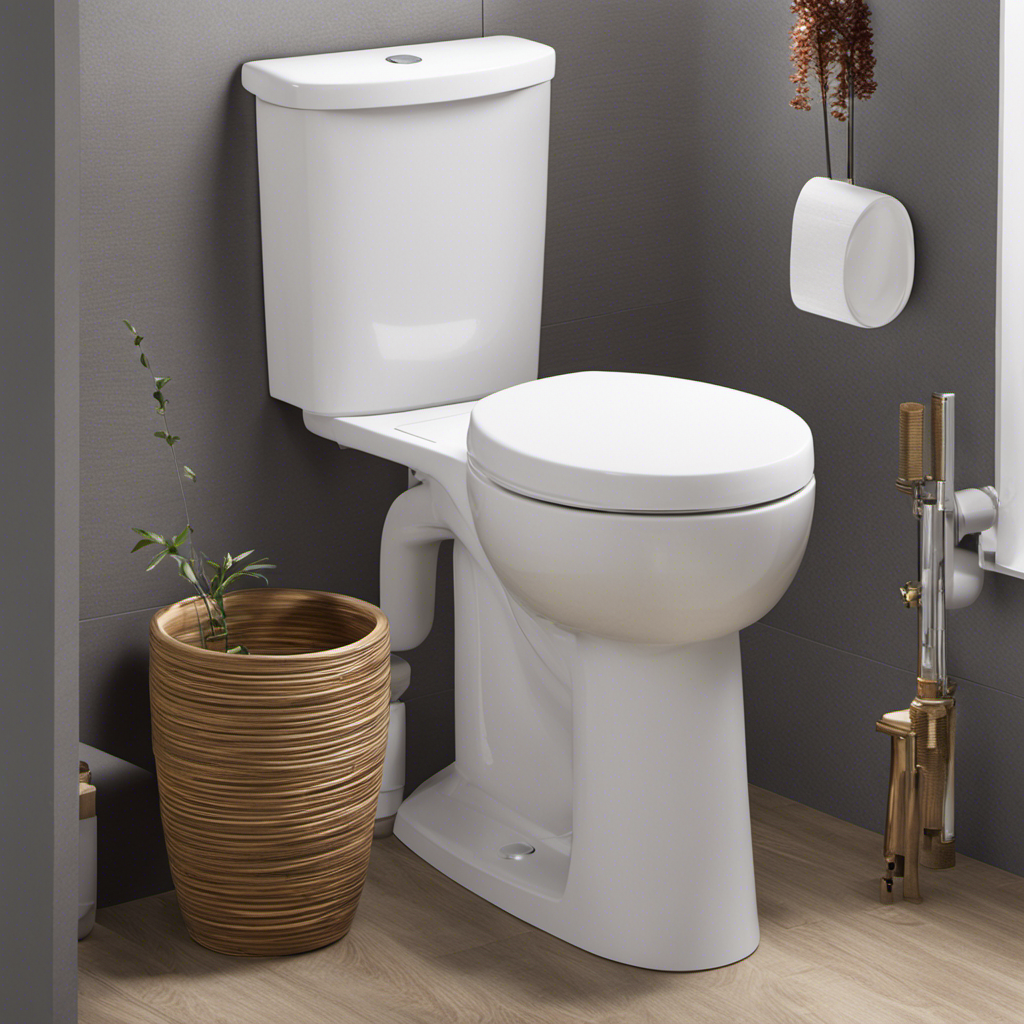
 Guides3 months ago
Guides3 months agoToilet Water Supply Line Sizes: Finding the Right Fit
-

 FAQ - Advanced Bathroom Queries3 months ago
FAQ - Advanced Bathroom Queries3 months agoWhat Happens When You Put Baking Soda in Your Toilet
-
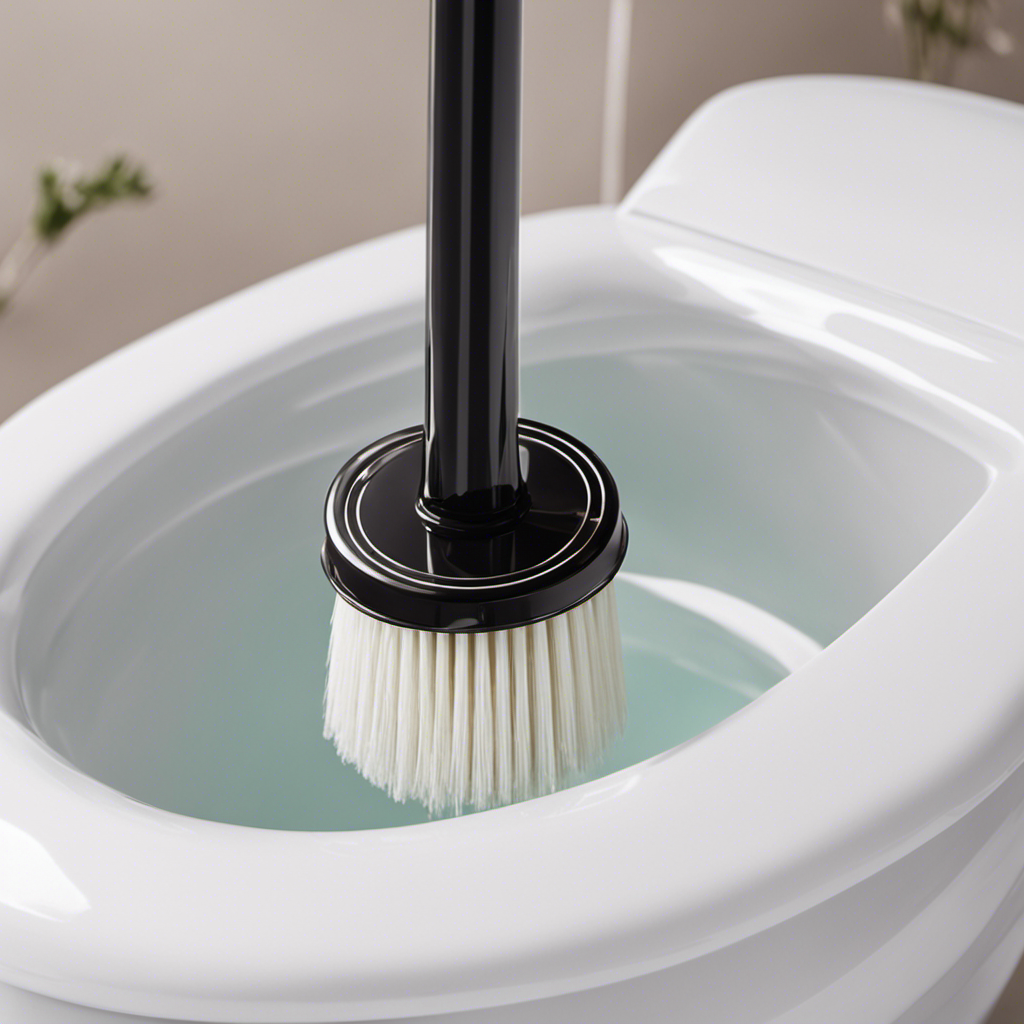
 Guides3 months ago
Guides3 months agoHow to Remove Crystallized Urine From Toilet Bowl
-
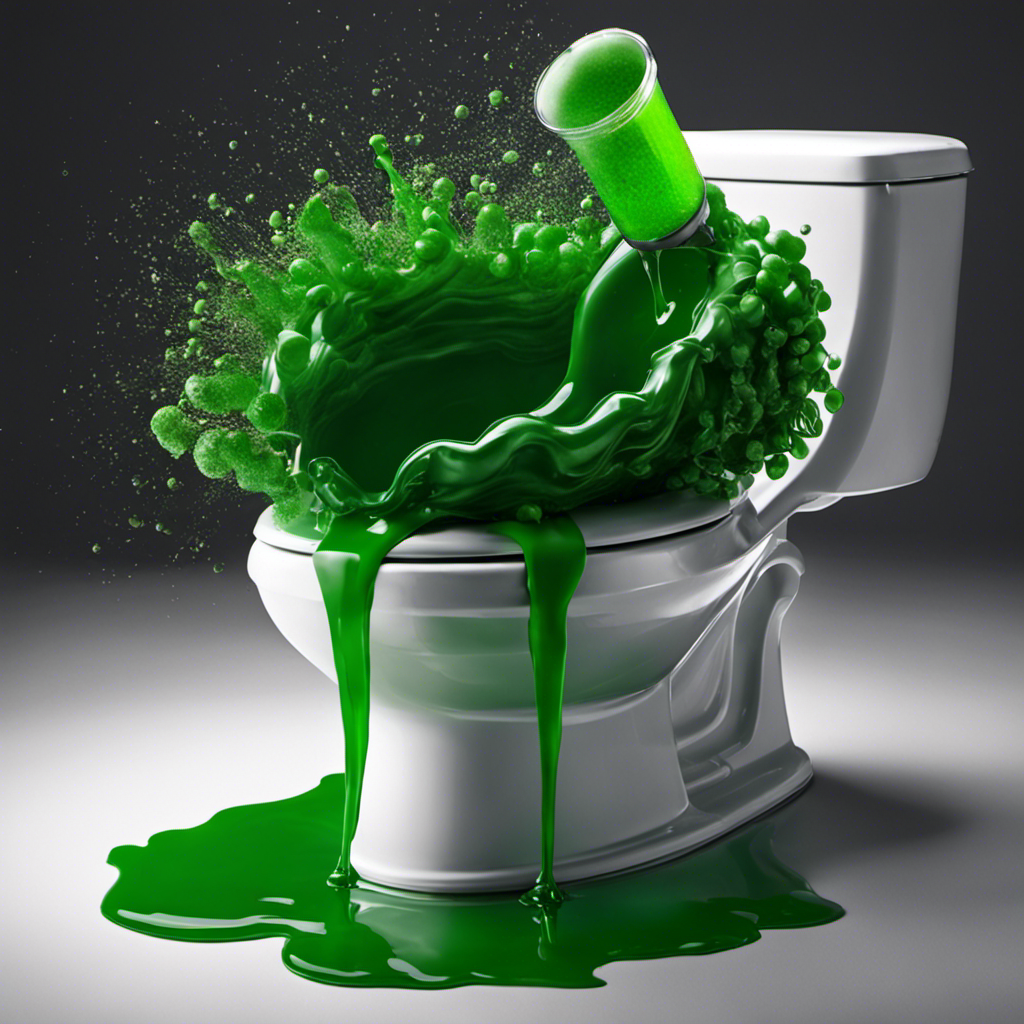
 Guides3 months ago
Guides3 months agoHow to Use Green Gobbler in Toilet
-
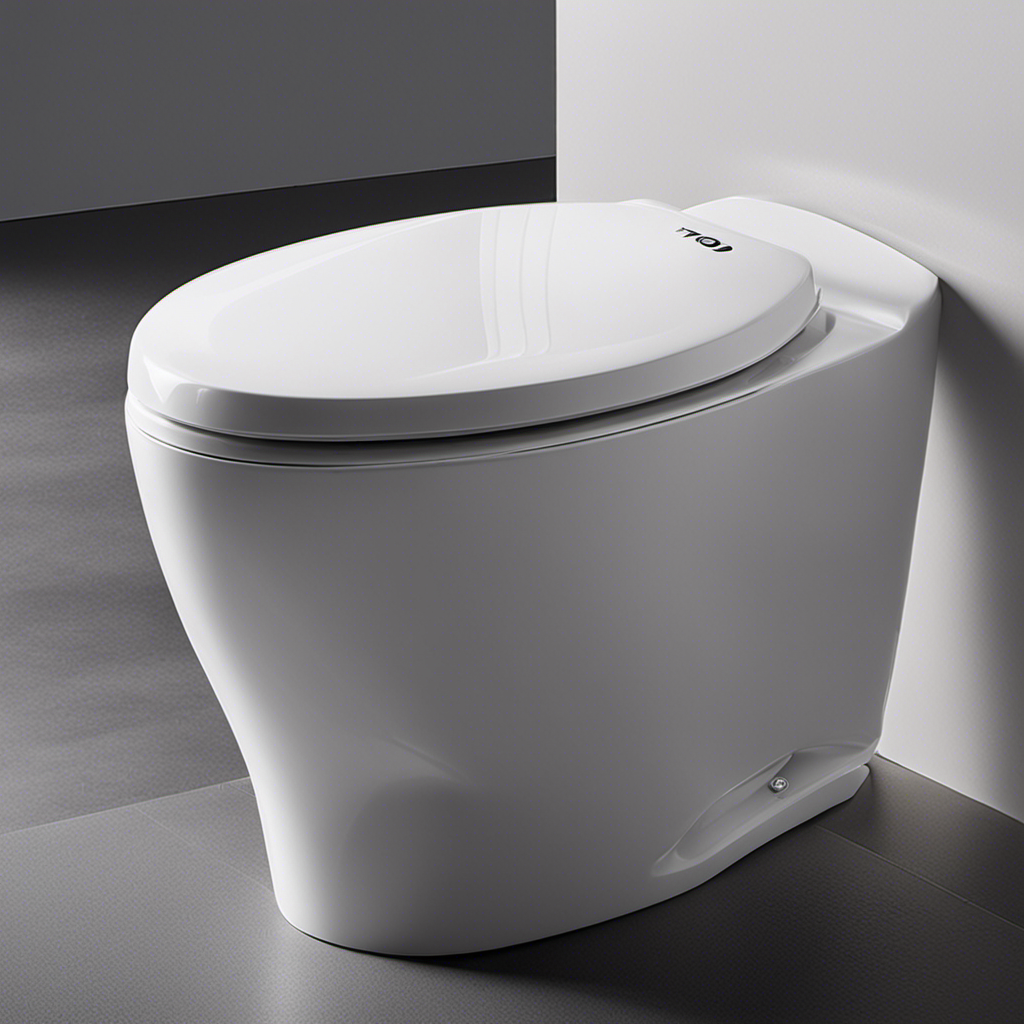
 Toilet Brands3 months ago
Toilet Brands3 months agoFinding the Model Number of Toto Toilets: A Guide
-
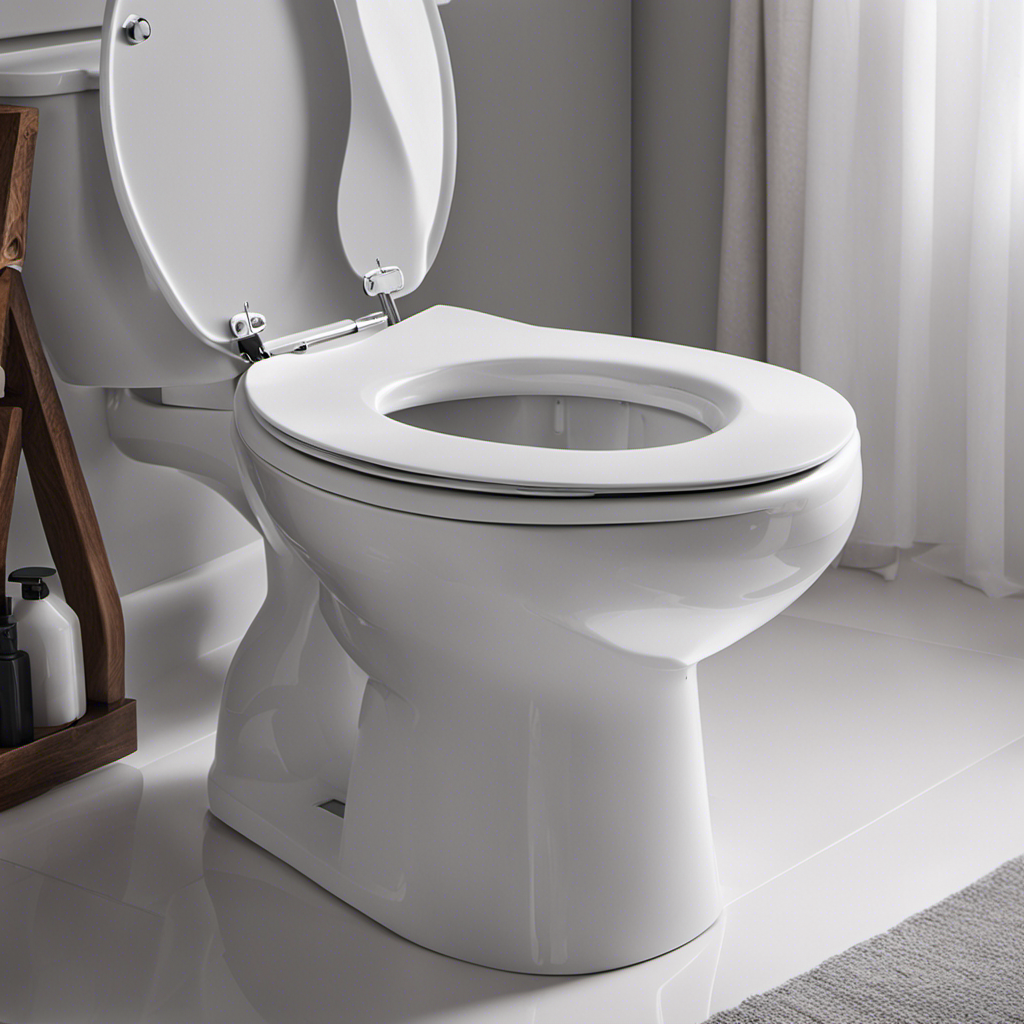
 Guides3 months ago
Guides3 months agoHow to Fix a Soft Close Toilet Seat





















